SI Vault: The mystery behind why Kelly Slater still loves the sport of surfing

This story originally appeared in the May 4, 2009, issue of Sports Illustrated. Subscribe to the magazine here.
A beach is a place where a man can feel
He's the only soul in the world that's real.
—Pete Townshend, (The Who, Bell Boy)
He appeared on the beach one afternoon wearing a black suit and tie over a white shirt, carrying a briefcase and balancing a door on his head.
He laid the briefcase on the sand.
He laid the door in the ocean.
He lay down on the door and paddled toward the waves.
The break there, a legendary one on the north shore of Oahu, often rose two stories high in winter. He bobbed in his suit and tie, awaiting something more than the half-foot swells rolling in, then rose to his haunches to catch a wave.
Kai Lenny: The ultimate waterman thrives on surfing the biggest waves
The front end of the door dipped and pitched him into the ocean. He climbed back on and got tossed once more. Finally he stood, and with a swift backward shift of his weight, he began surfing to the beach on the door.
They were partners, the ocean and the man. He could glide and flip and twirl with her whether she smiled or snarled. On days when he seemed certain to fall to his challengers, when he was down to his last wave with time running out, the ocean wouldn't let him. She'd send him the perfect white horse, and he'd leap on it and charge to another victory. Why, Kelly Slater could surf a door—that was the figurative expression his awed rivals used, never knowing that he actually had.
A second man, Jack Johnson, stood on the beach that afternoon in 1993 at Pipeline. Yes, that Jack Johnson, the singer-songwriter, Kelly's friend, capturing the scene for his college freshman art class in a film called Mr. Slater Goes to Work.
It was a movie that invited the viewer to mull the oddity of tens of millions of people wearing suits and ties and reporting to office buildings nearly every day of their lives, while Mr. Slater reported to a beach. A movie, one might say, about the door that's there for all of us, the one too risky for many to open, behind which lies the question: Why do you do what you do?
Why do you dress that way? Why do you do that job? Why are you married? Why are you alone? Why do you compete? Why can't you let go? No, c'mon ... why, really?
And then one day eight years later, after Kelly Slater had won surfing's world championship five years in a row, six times overall, and everyone agreed he was the best ocean dancer who'd ever lived...
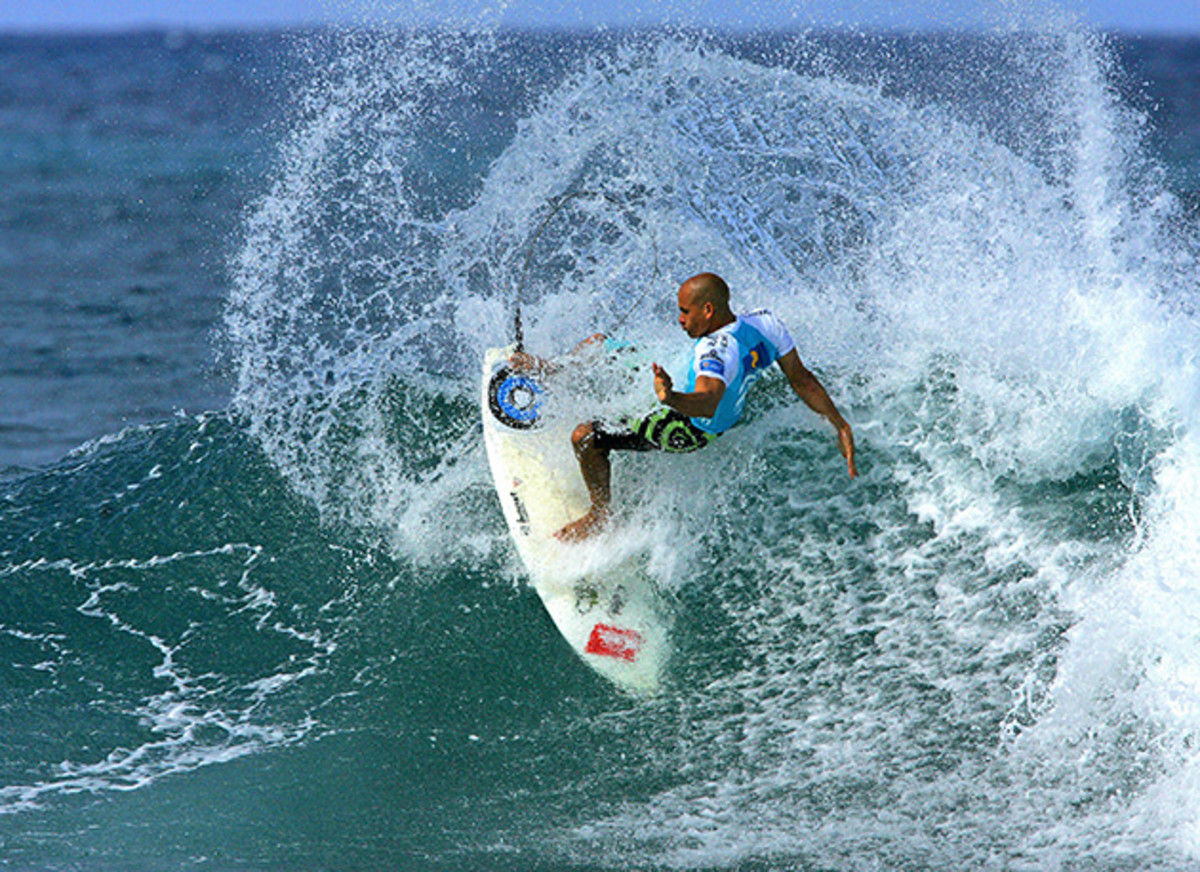
After Mark Richards, whose four consecutive world titles Kelly had surpassed, declared, "I don't care who you mention—Michael Jordan, Muhammad Ali—Kelly is unquestionably the greatest athlete ever to stomp around on this planet." ...
After Kelly, weary of chasing waves across the world for a living, had been retired for three years....
A strange thing happened. He decided he wanted more. No, that wasn't strange; sportsmen always wanted more. Strange was what the ocean did. She wouldn't let him have it.
The white horses stopped coming. The magic left his dance. He sat in the sand and stared in bewilderment at the ocean, until at last he heard what she wanted.
The ocean wouldn't let him lose. She'd send him the perfect white horse, and he'd leap on it and charge to another victory.
Yes, he could have everything. He could become better than he was at his best, become the oldest surfer ever to win a world championship as well as having been the youngest, become one of the most dominant athletes in the history of sports. He could spawn a new world tour, more artistic and crowd-pleasing, and begin to carry surfing from a niche sport, seen mostly on the Internet, toward the mainstream. He might even find the holy grail: the technology to create the perfect wave, enabling children a thousand miles from the ocean to surf and office workers to remove their suits and ties and do it on lunch break, eliminating the vagaries of weather and swells so that large audiences could settle into seats in surf stadiums with beer and popcorn, and rich television contracts could be signed, and Olympic gold medals could be draped around surfers' necks. Kelly could be the Michael Jordan and the David Stern of his sport—the iconic athlete doing aerials and 360s and the power broker trying to change the structure and marketing of his sport.
But only if he did what he never had to do the first time: Open the door. Answer the question.
Yeah. Sure. He'd do it. He was not your everyday ocean dancer. Moments before he was scheduled to compete, he would be surfing the Internet or querying some expert to learn how to alkalize water or how to make biodegradable surfboards so that he wouldn't befoul the planet ... and forget what he was about to do: keep annihilating the world's best surfers in a sport with no grooved, repeatable mechanics; the only sport in which the playing surface moves constantly, violently, shifting shape every second at the whim of wind, tides and currents, then hurling itself and its rider onto reef that was sometimes as sharp as glass. His caddie would burst through the door, grabbing gear bags and towels—Kelly, do you realize what time it is?
Training with Ian Walsh: Building mind and body to take on the biggest waves
He'd stay up all night learning how to alter his electromagnetic field to kill disease-causing microorganisms with a small machine, the Zapper, that he'd carry around the world, or how to live off the land using a recycled 747 for a home when he was finally done living off the ocean. He'd spend days researching rumors that the FDA hid natural cures for cancer or that the Twin Towers must've been rigged with explosives to collapse like that. He wore a T-shirt that said, YOU'RE BEING LIED TO. "I feel our culture and society are asleep and on autopilot and that most of us are short of purpose and reasoning in our lives," he'd say. "Everything has somehow been marketed and sold to us and cheapened along the way." So, yeah. Sure. He'd turn his rechargeable Diogenes klieg light on himself.
Well, then ... why did he ride the ocean? What was his purpose? The more he stared at the question, the more jumbled the answers grew, his whys like old clothes crammed in a drawer. They'd seemed to fit once, but the longer he looked at them now, the more holes and wrinkles he saw, the more whys he didn't even recognize. Where the hell to begin?
The First Why
He thought back to the first time he stood on water. It was 1977, in Florida. He was five. His brother Sean was eight. Their mother, Judy, was charring under the Cocoa Beach sun, belly rising with her third son. She'd work two jobs, sometimes three, anything to pay the mortgage on their cinder-block tract house four blocks away. Pulling bodies into ambulances as bullets hissed in Cocoa's Little Vietnam; racing to blazes as a firefighter; slapping down drinks and burgers as a waitress, bartender and cook; cleaning up debris at construction sites; and thumbing 10-year-olds Out! as a Little League ump. In her off hours she'd plunk her lounge chair on the beach and lie there, morning till dusk, letting the waves and breeze lull her to another place. "Find something to do," she'd murmur when the boys grew restless. If she opened her eyes, she'd have to take in her husband, Steve, at the Islander Hut just a few hundred feet away, hunched over a beer and a cigarette and a pinball machine, or face the undone repairs and unpaid bills at home.
Sean found something to do. Steve, a surfer, had just given him his first surfboard. Kelly followed Sean out with his thrift-store Styrofoam boogie board and lay there, hopelessly horizontal. Everything between the brothers was cutthroat: Who could race to their sparkly purple dune buggy first to get the front seat, who could jump in the bathtub first to claim the deep end, who could devour his corn chips fastest and who—guess—would get pounded into submission when he squawked.
There was far more at stake, of course. In their parents' troubled marriage, Kelly was pulled magnetically to his funny, feisty mother, the pillar he could lean on. Or could he? He was so haunted by the words she'd blurted at his father—"I just want to get my stuff and drive away and never come back!"—that Kelly would wait and watch in agony at the door when she went for milk and bread.
He bought a house for the family and turned his bank account over to Mom. He wouldn't be the slacker surfer Dad had been. He'd be the provider.
Sean's compass spun straight to Dad, the blind-in-one-eye pirate loved by everyone in Cocoa Beach. The kind of guy who, when someone called the cops because Hondo, the family dog, was loose on the beach in violation of the leash law, would beeline to his bait-and-tackle shop, grab a couple of thousand feet of fish line and tie the German shepherd to the dune buggy's bumper so Hondo could run just as wild as before. The cop would throw up his arms. Steve would explode with that tar-and-nicotine laugh. That's what made it all so confusing. Dad was a hoot.
Sometimes Dad's collar needed fish line. Sometimes Mom had to reel him in at 3 a.m. His clothes might be on backward. His passenger might be a woman. His big, gnarly feet, the toes so long and strong they could clamp Kelly's twig arm when they tussled, would crackle like small-arms fire as he stumbled toward bed.
Kelly was the mediator, the boy who yearned to be the bridge. He flung red herrings into his parents' arguments to derail them: "Do eagles have babies?" He hollered, "Stop! It's O.K! We all love each other!" when they raged. He sobbed and begged her not to when his mother asked her sons for permission to end the marriage. Eventually he started protecting himself, wrapping his pillow around his head when they fought. Once, when it went on for hours, he slept all night on the concrete driveway.
But he wasn't going to just lie there when Sean began surfing Cocoa Beach's 14-inch waves. Kelly lifted his stomach off his boogie board, got one foot up on it ... then a knee ... then, ohmygod, he did it!
The battle for Mavericks: Money and power churn up the surfing world
Insufficient. The runt had to outdo Sean. He studied the effects of wind, currents, tides and waves, feeling them beneath his feet even when he stood on sand. The ocean was speaking to him, he sensed, sending signals. He'd lie in the shallows, watching the subtlest ripples, and use his boogie board to waft replies.
He began dumbfounding judges and winning age-division competitions: Three 360s on one wave ... by an eight-year-old ... on a boogie board? He began arriving at the beach soon after the sun did, paddling out with a snack in a plastic bag between his teeth. He began creating new twists and aerials on a skateboard as he flew off the quarter-pipe ramp in their driveway. He loved it when storms rolled in. The rain made surfing even more dreamlike, more cocoonlike, more his.
His father moved out when he was 11. Sean and the youngest brother, Stephen, shared weekends and fishing holes with their dad. Kelly kept his distance. One lingering fear was the knuckle-gnawing rides to surfing competitions that Dad, two beers and counting, relished providing. Kelly began shutting his eyes before his heats, picturing no's scrawled everywhere in the sand, then rewriting every one of them into a yes before entering the water. He won the Eastern Championships every September at Cape Hatteras, N.C., six in a row from age 10, and the U.S. National Amateur, four straight from age 12. He became Kelly the Contest Machine, a freak packet of everything: Body with a gyroscope's sense of center. Feet with arches so fallen that they stuck to the board as though glued. Spine so rubbery that he could backbend and touch his chin to the ground, so freakish that a surfmate named Charlie Kuhn, finding Kelly asleep with his head arched so far back that it almost grazed his feet, ran terrified through the Hatteras house that they shared howling, "Kelly's dead! Kelly's dead!" Mind, above all—that shark's mind that missed nothing and demanded everything, the cruelest of weapons in a sport spawned on summer breezes and "Whoa, dude, just chill."
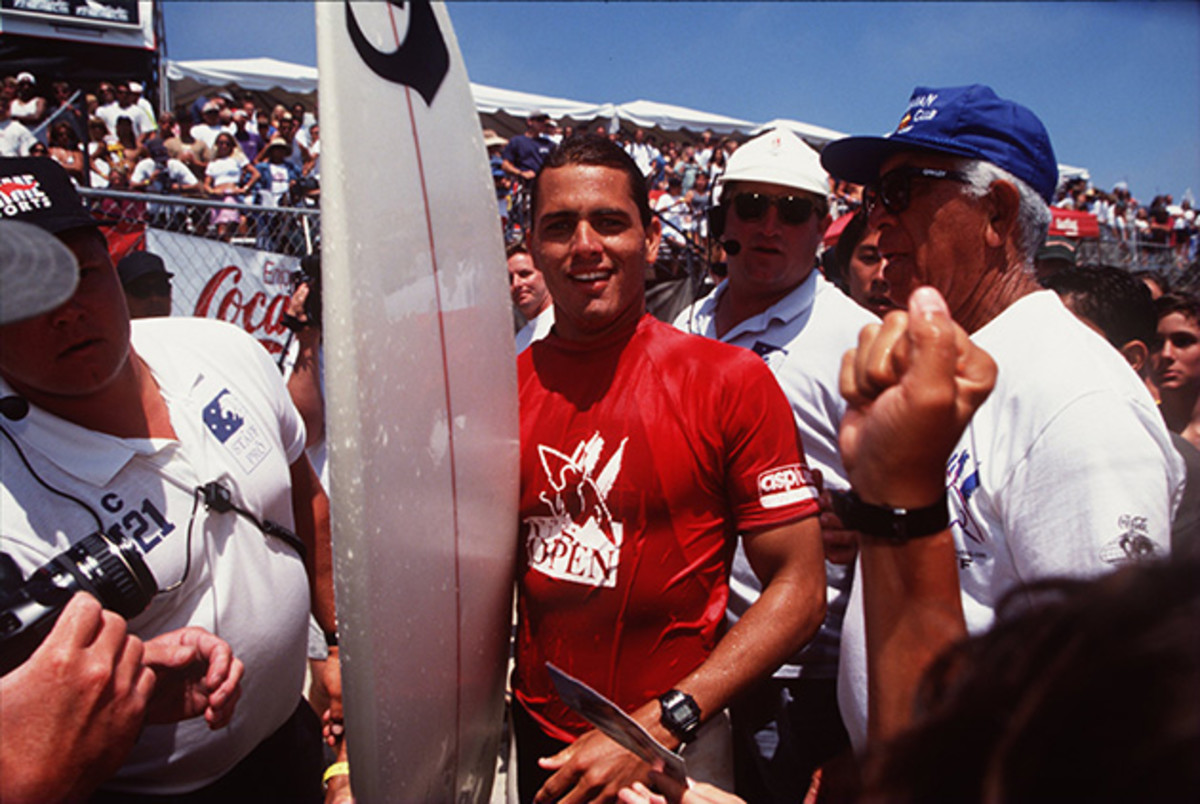
For years Sean and Kelly were packaged in surfing ads and trade-show promotions as Florida's young hotshots. At last came the showdown: 17-year-old Sean versus his 14-year-old, 85-pound squirt of a brother in a heat of the 1986 pro-am Excalibur Cup at Sebastian Inlet, a half-hour drive south of their home. The waves were head-high. The local pros were all watching. The cup winner would receive a magnificent handcrafted English sword ... if, in a reenactment of the King Arthur legend, he could withdraw it from the foam stone in which it was embedded.
Sean still swears he had the winning wave in the last 10 seconds, but his fins clipped a photographer. Kelly beat him, won the championship a day later, yanked the sword from the stone on the third tug and got to dance at the awards bash with the hottest new blonde actress on TV, Heather Thomas from The Fall Guy.
If one of the reporters there had asked him why he competed, he would've said what every young athlete says: Because I love it. Had the reporter said, "No, why really?" Kelly would've looked at him as if he were nuts.
The Second Why
They became tumbleweeds, the three Slater boys. Sean blew across America in a 45-foot bus, setting up surfing, snowboarding and music events for Volcom, an action-oriented clothing line. Stephen would drift across the world on the long-board surfing tour. Kelly turned pro in 1990, the summer before his senior year of high school, and spent every year in a blur of Balis and Fijis and Tahitis and Oahus.
Damn. Where'd that come from? It was the memory of what really motivated him to surf his ass off during those first few years as a pro: seeing, in the hotel on the eve of contests, his competitors—men he'd worshipped as a kid—slamming beers and cheating on their wives.
They wouldn't have a clue what had hit them the next day. All they'd see was this teenage dervish slashing this startling calligraphy across the canvas of a wave that no one but Kelly could read.
F.U. F.U. F.U.
But even he couldn't read the last word: Dad.
The Third Why
But now Dad was disappearing, chunks of his chest and neck and lymph nodes soon to roll away on a surgical cart, weight melting off from the throat cancer ravaging his body in 2001. A piece of Kelly was vanishing as well, before he'd ever figured out where the piece fit. All that anger and confusion he'd siphoned off for competitive fuel without even knowing it, now had to be confronted. All the unsaid things among brothers, all the black-and-white interpretations of Mom and Dad, all swirling around his uncertainty about his career and who he'd be without it.
First thing he'd done when surf-gear makers Ocean Pacific and Rip Curl signed him to one-year sponsorship deals before his sophomore year of high school? He'd bought a three-bedroom home for the family and turned his new bank account over to Mom. He wasn't going to be the slacker surfer that Dad had been. He'd be the provider. Damn. Another why that hadn't been inventoried.
A Day in the Life: Professional surfer Kelly Slater

Kelly Slater’s impact on the sport of surfing is unparalleled. He claimed the ASP World Tour title at the age of 21, including a run of consecutive titles between 1994-1998, and in 2007 became the all-time leader in career events won. Follow Slater on Instagram @kellyslater.
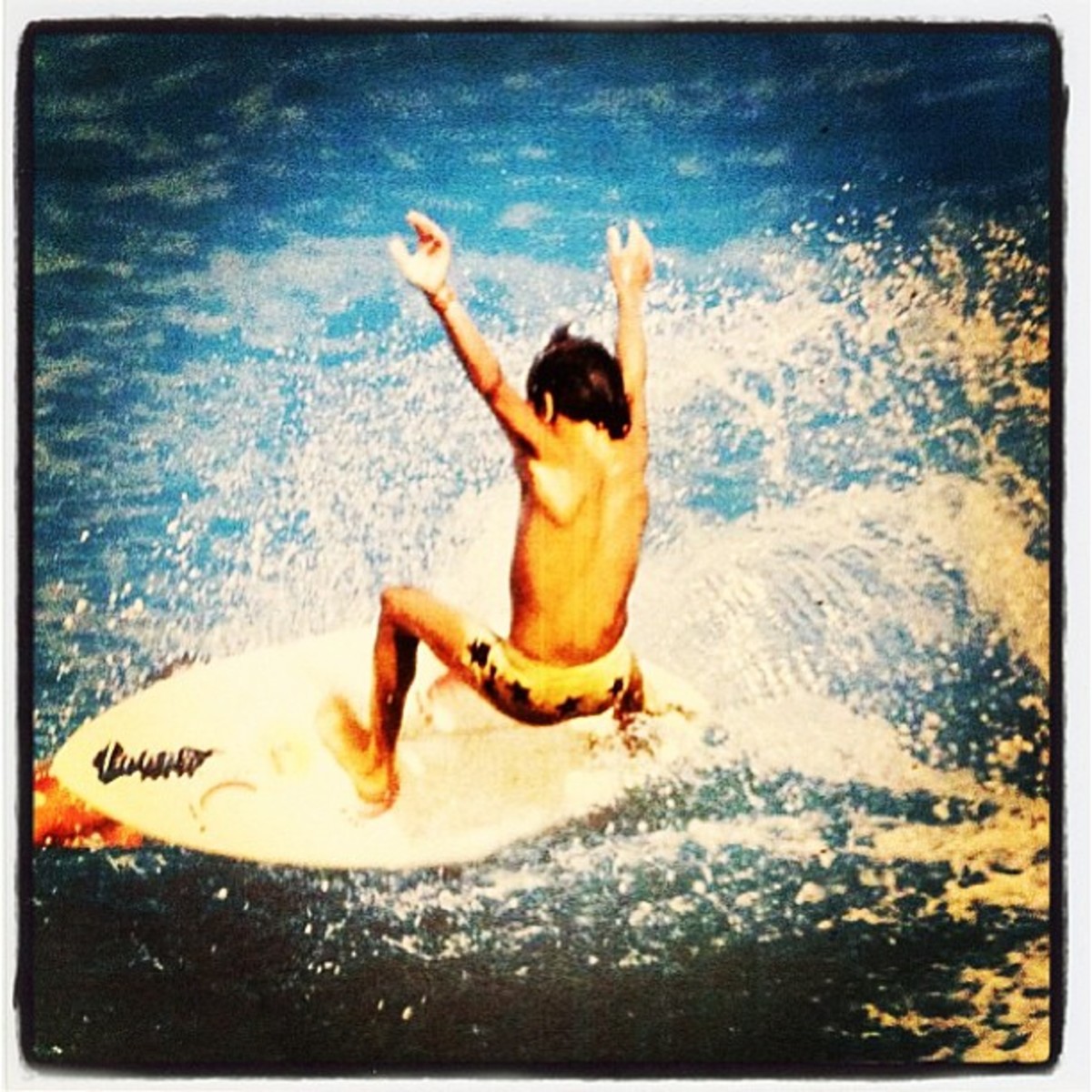
Kelly Slater’s impact on the sport of surfing is unparalleled. He claimed the ASP World Tour title at the age of 21, including a run of consecutive titles between 1994-1998, and in 2007 became the all-time leader in career events won. Follow Slater on Instagram @kellyslater.
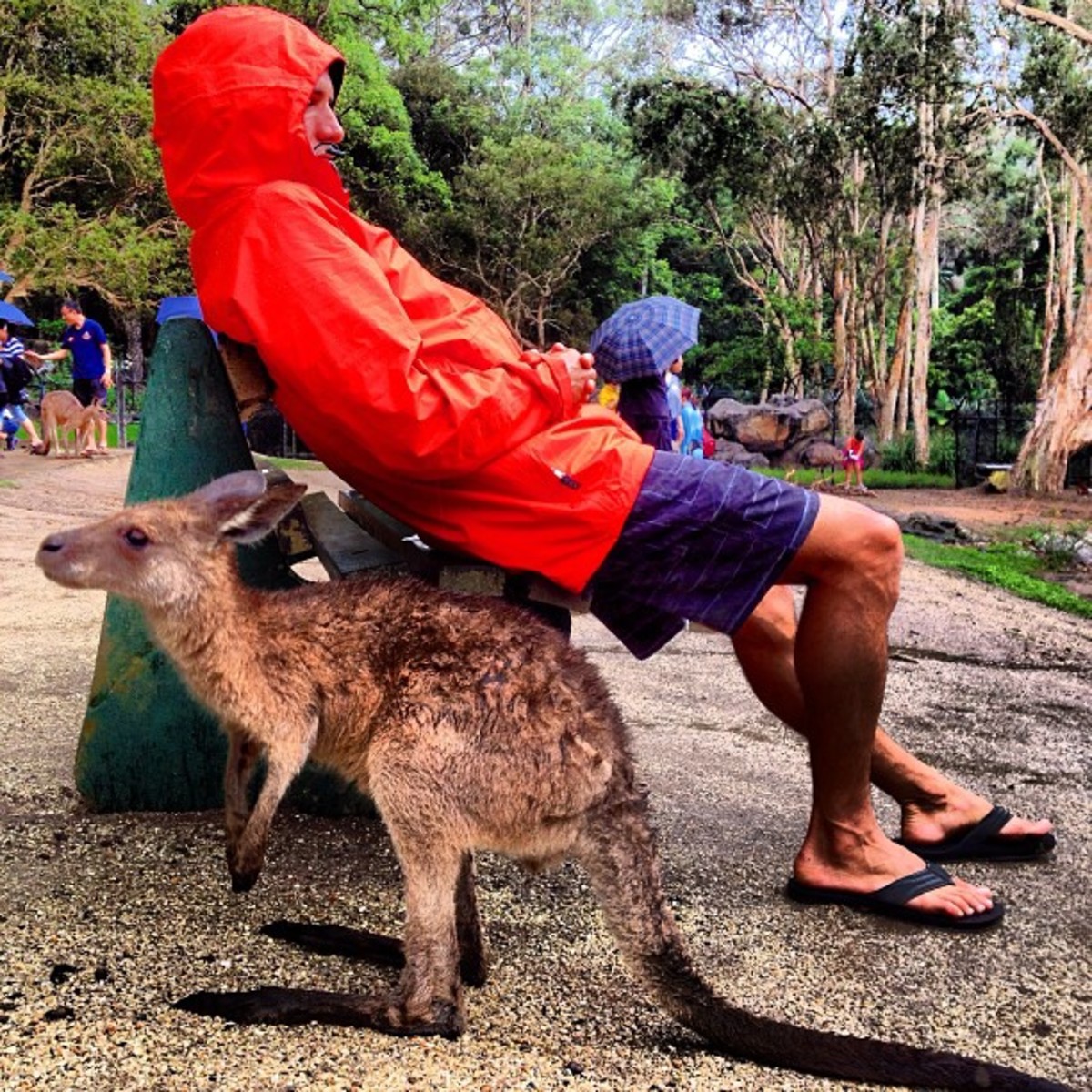
Kelly Slater’s impact on the sport of surfing is unparalleled. He claimed the ASP World Tour title at the age of 21, including a run of consecutive titles between 1994-1998, and in 2007 became the all-time leader in career events won. Follow Slater on Instagram @kellyslater.
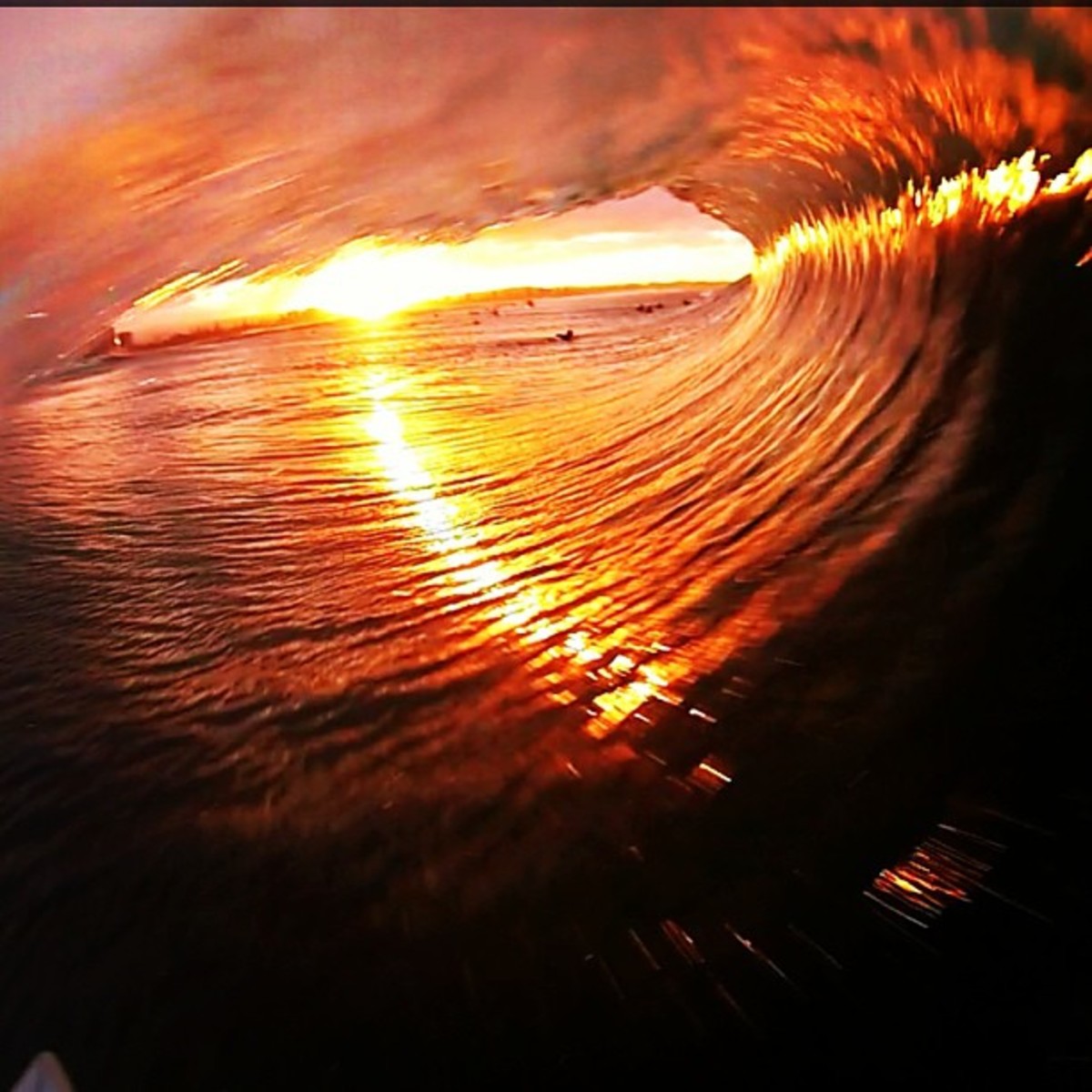
Kelly Slater’s impact on the sport of surfing is unparalleled. He claimed the ASP World Tour title at the age of 21, including a run of consecutive titles between 1994-1998, and in 2007 became the all-time leader in career events won. Follow Slater on Instagram @kellyslater.
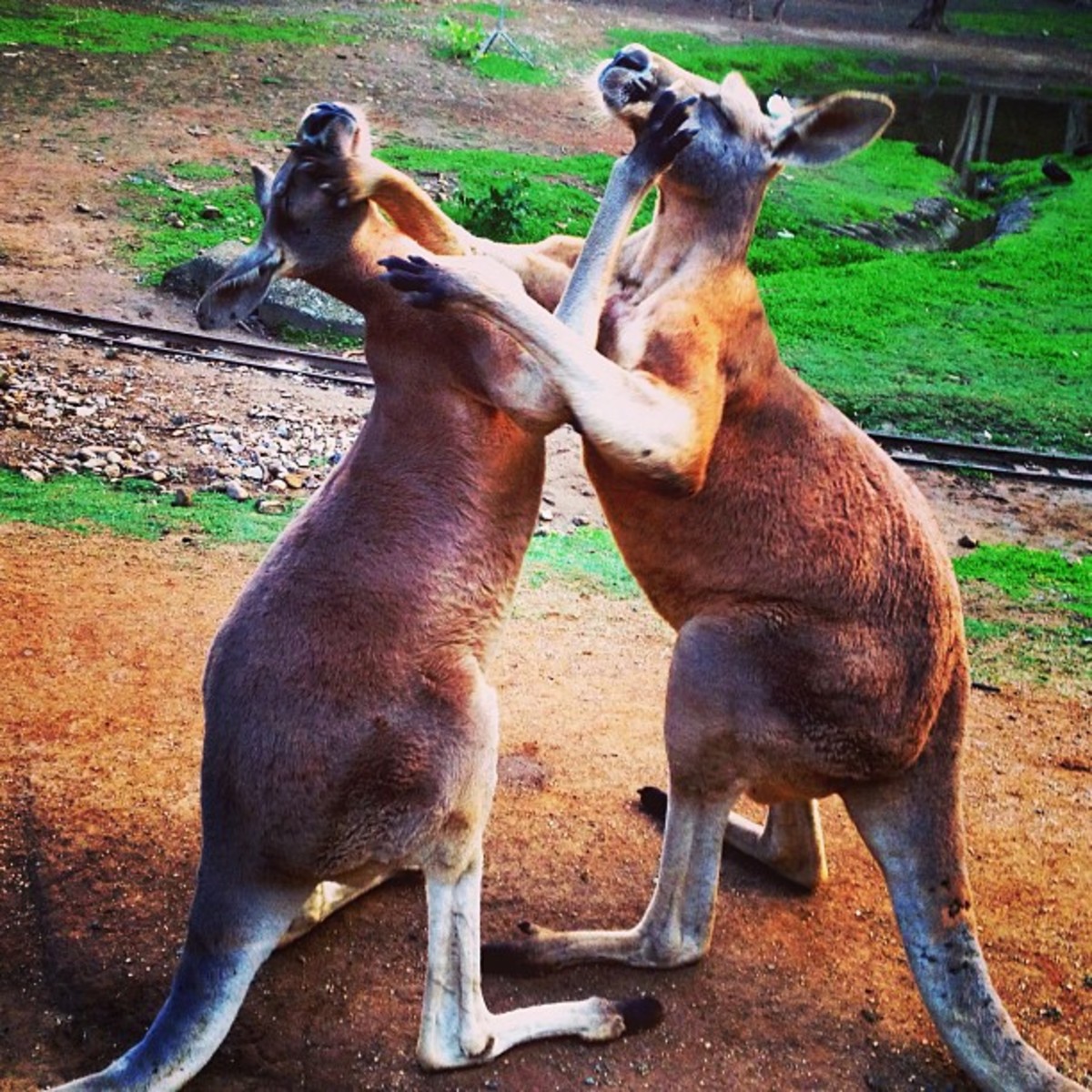
Kelly Slater’s impact on the sport of surfing is unparalleled. He claimed the ASP World Tour title at the age of 21, including a run of consecutive titles between 1994-1998, and in 2007 became the all-time leader in career events won. Follow Slater on Instagram @kellyslater.
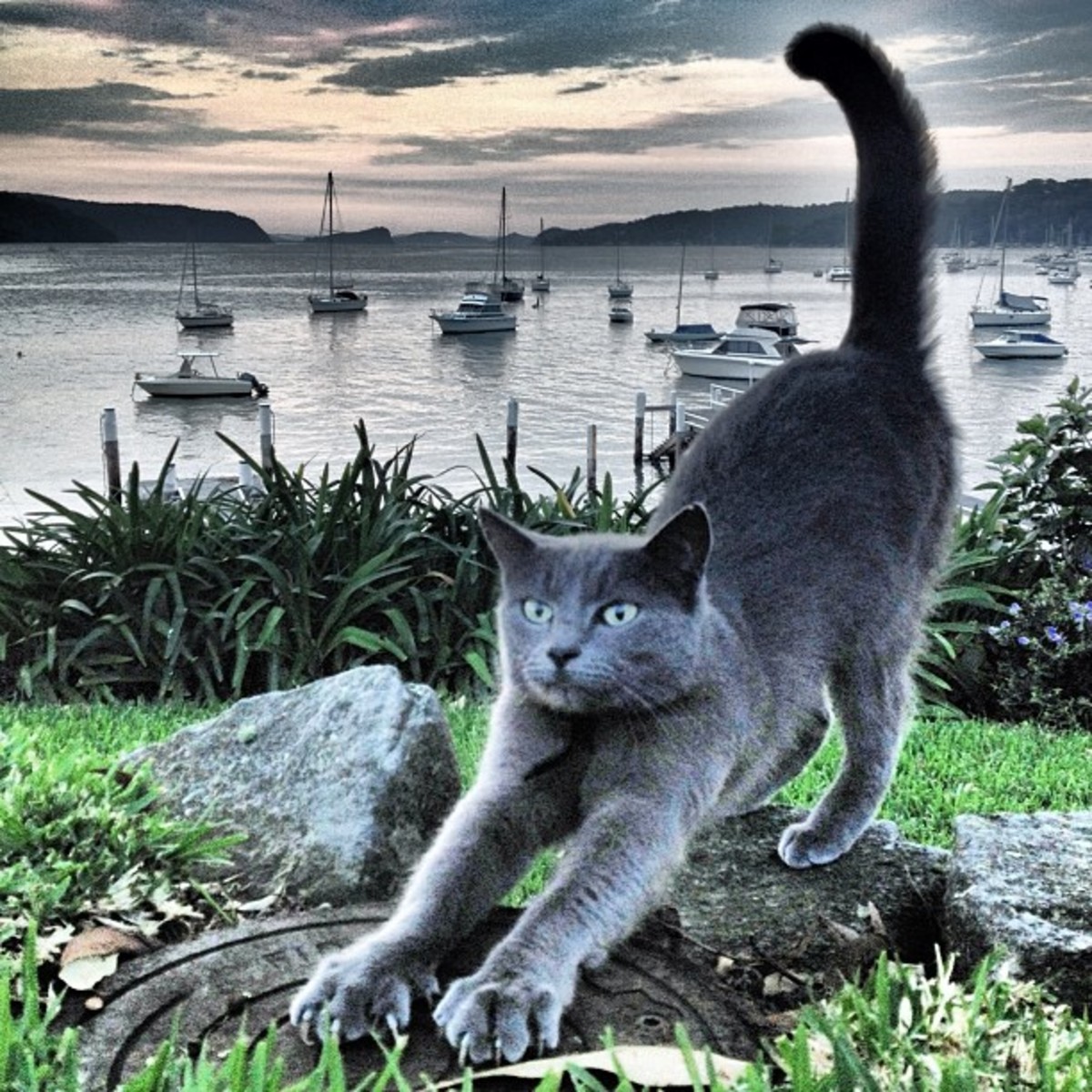
Kelly Slater’s impact on the sport of surfing is unparalleled. He claimed the ASP World Tour title at the age of 21, including a run of consecutive titles between 1994-1998, and in 2007 became the all-time leader in career events won. Follow Slater on Instagram @kellyslater.
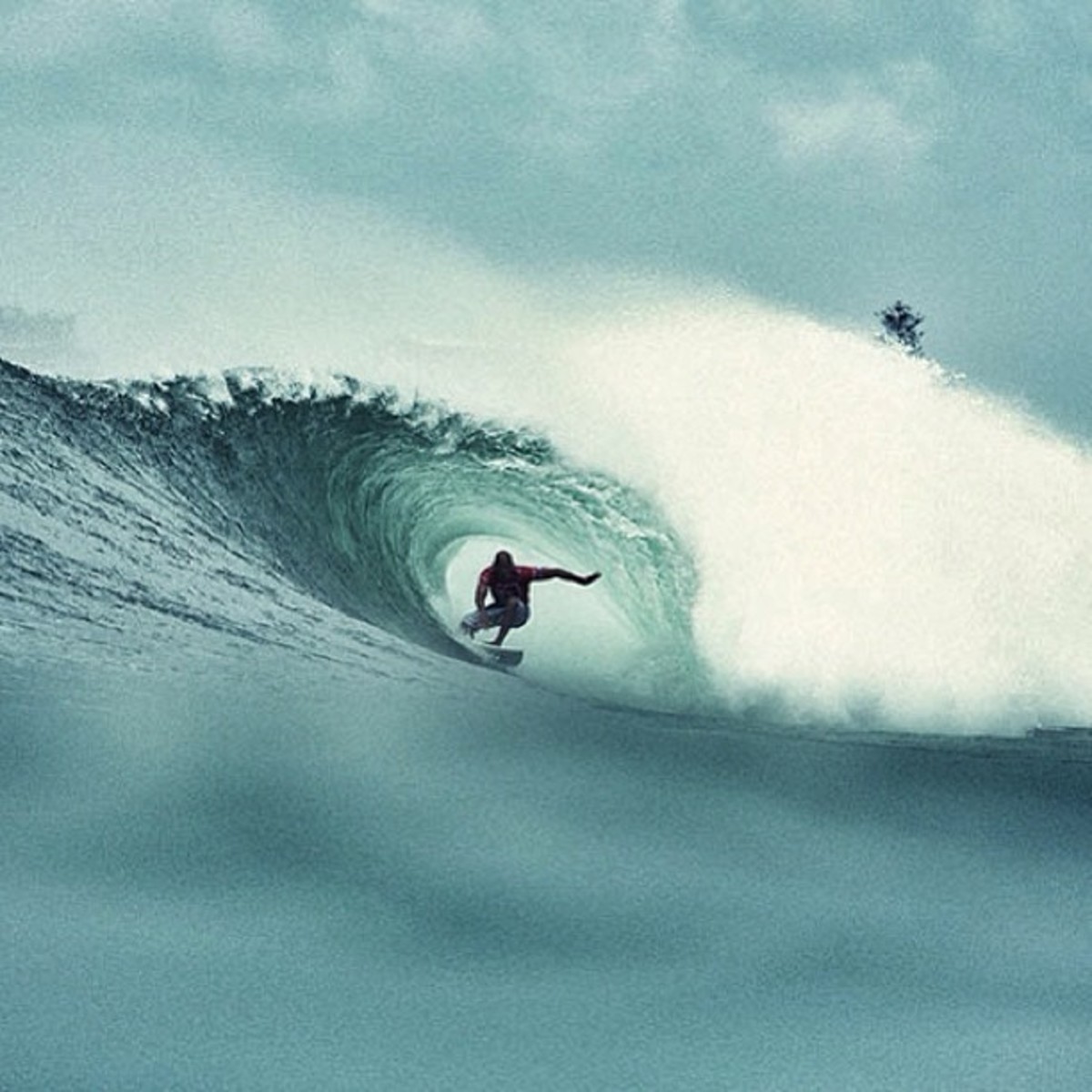
Kelly Slater’s impact on the sport of surfing is unparalleled. He claimed the ASP World Tour title at the age of 21, including a run of consecutive titles between 1994-1998, and in 2007 became the all-time leader in career events won. Follow Slater on Instagram @kellyslater.
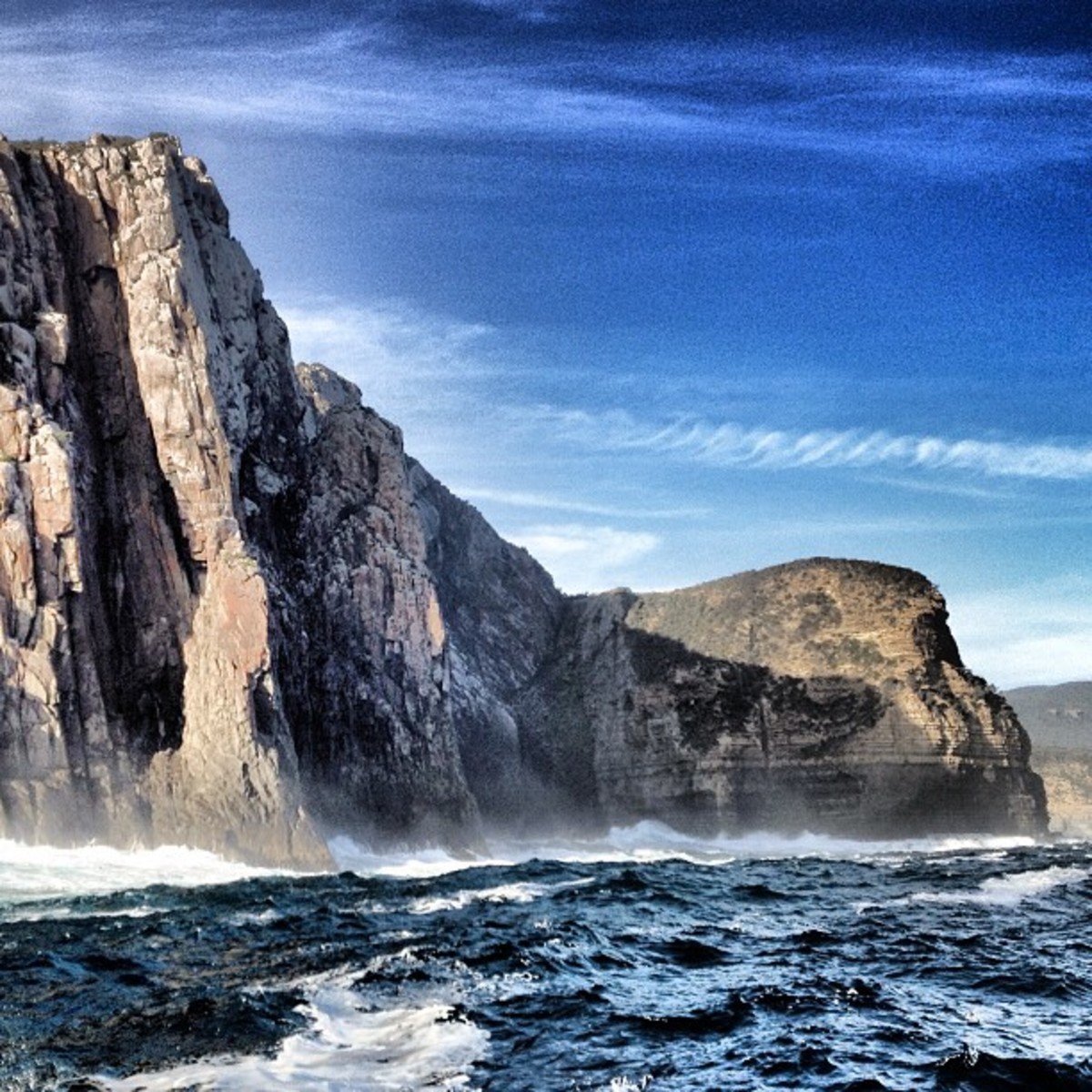
Kelly Slater’s impact on the sport of surfing is unparalleled. He claimed the ASP World Tour title at the age of 21, including a run of consecutive titles between 1994-1998, and in 2007 became the all-time leader in career events won. Follow Slater on Instagram @kellyslater.
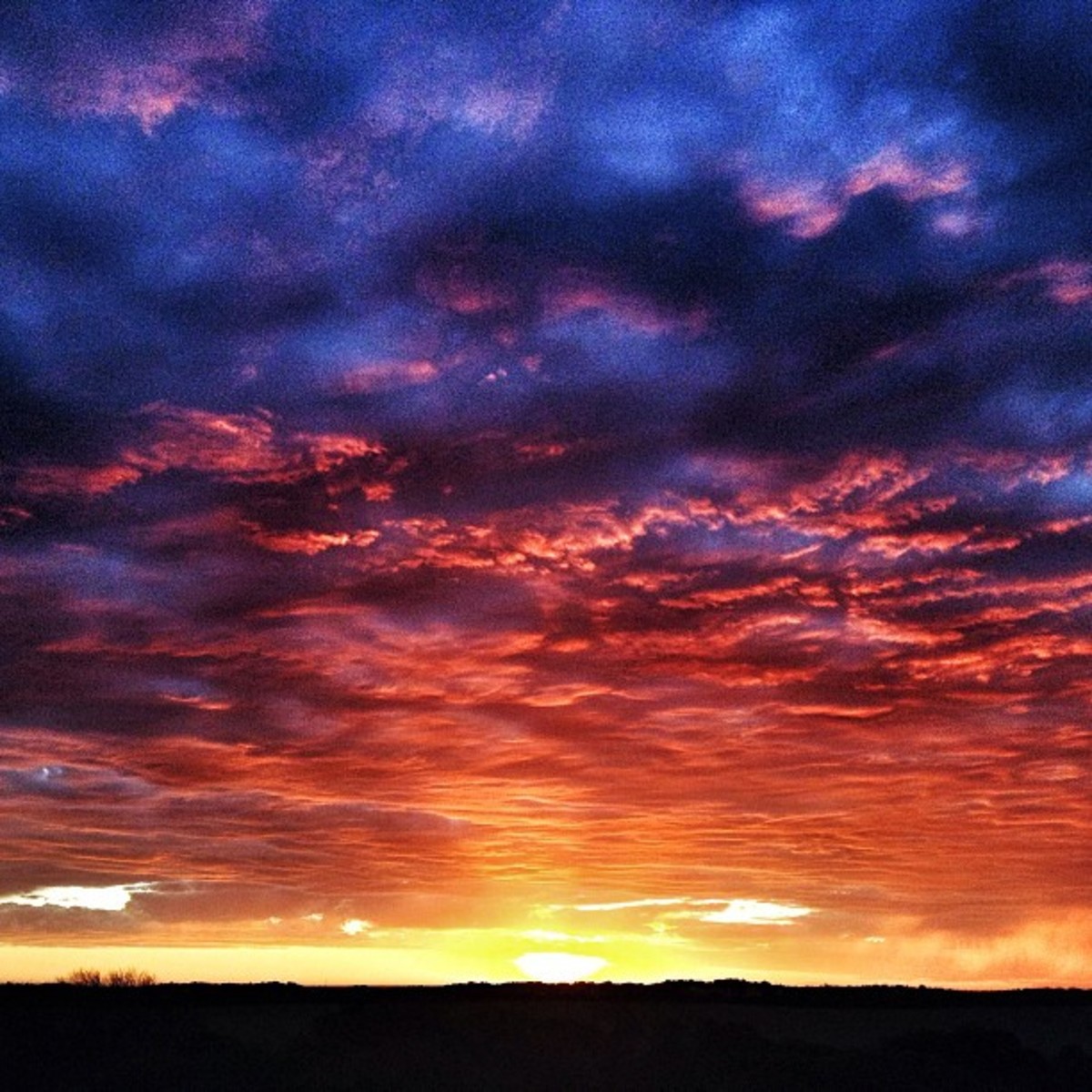
Kelly Slater’s impact on the sport of surfing is unparalleled. He claimed the ASP World Tour title at the age of 21, including a run of consecutive titles between 1994-1998, and in 2007 became the all-time leader in career events won. Follow Slater on Instagram @kellyslater.
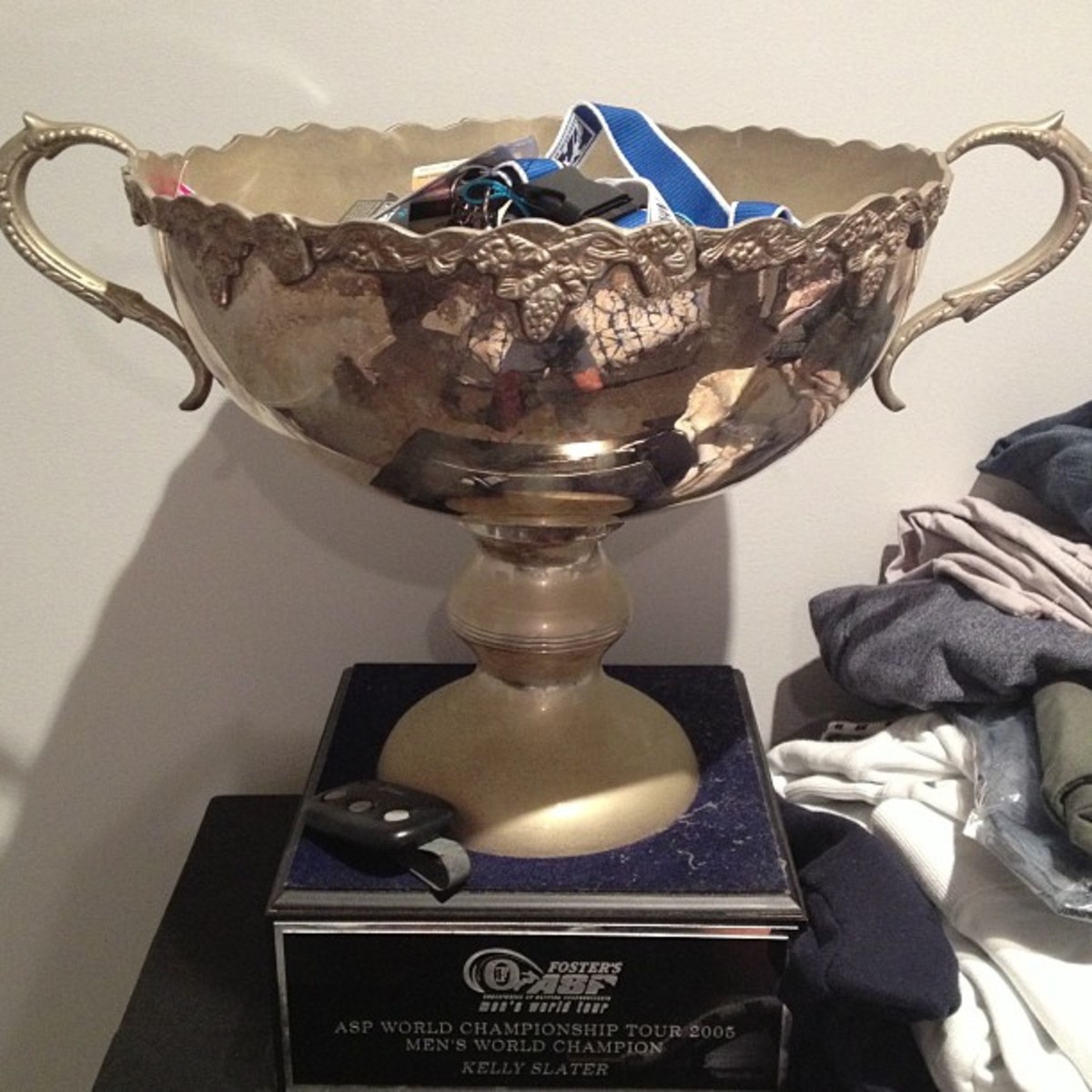
Kelly Slater’s impact on the sport of surfing is unparalleled. He claimed the ASP World Tour title at the age of 21, including a run of consecutive titles between 1994-1998, and in 2007 became the all-time leader in career events won. Follow Slater on Instagram @kellyslater.
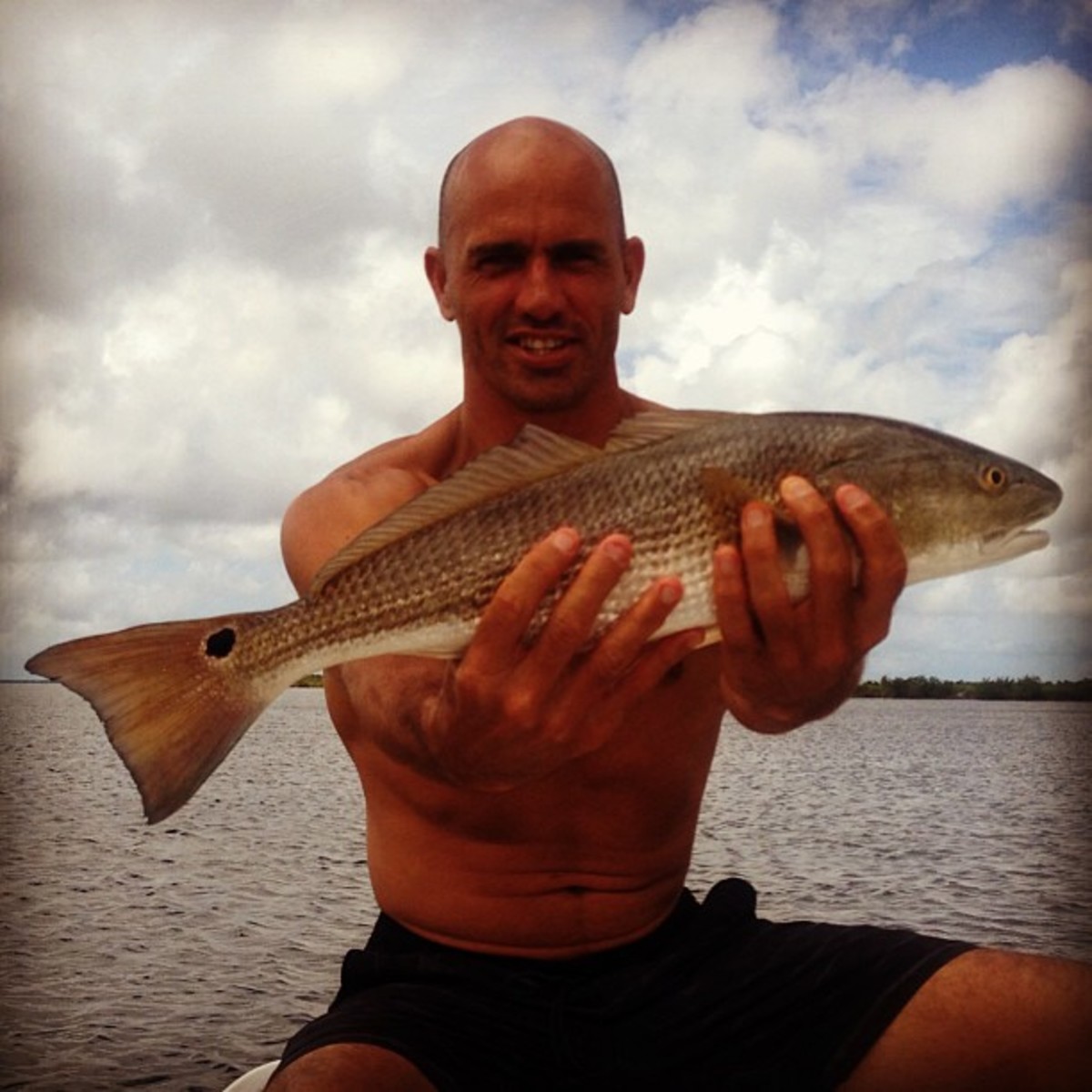
Kelly Slater’s impact on the sport of surfing is unparalleled. He claimed the ASP World Tour title at the age of 21, including a run of consecutive titles between 1994-1998, and in 2007 became the all-time leader in career events won. Follow Slater on Instagram @kellyslater.
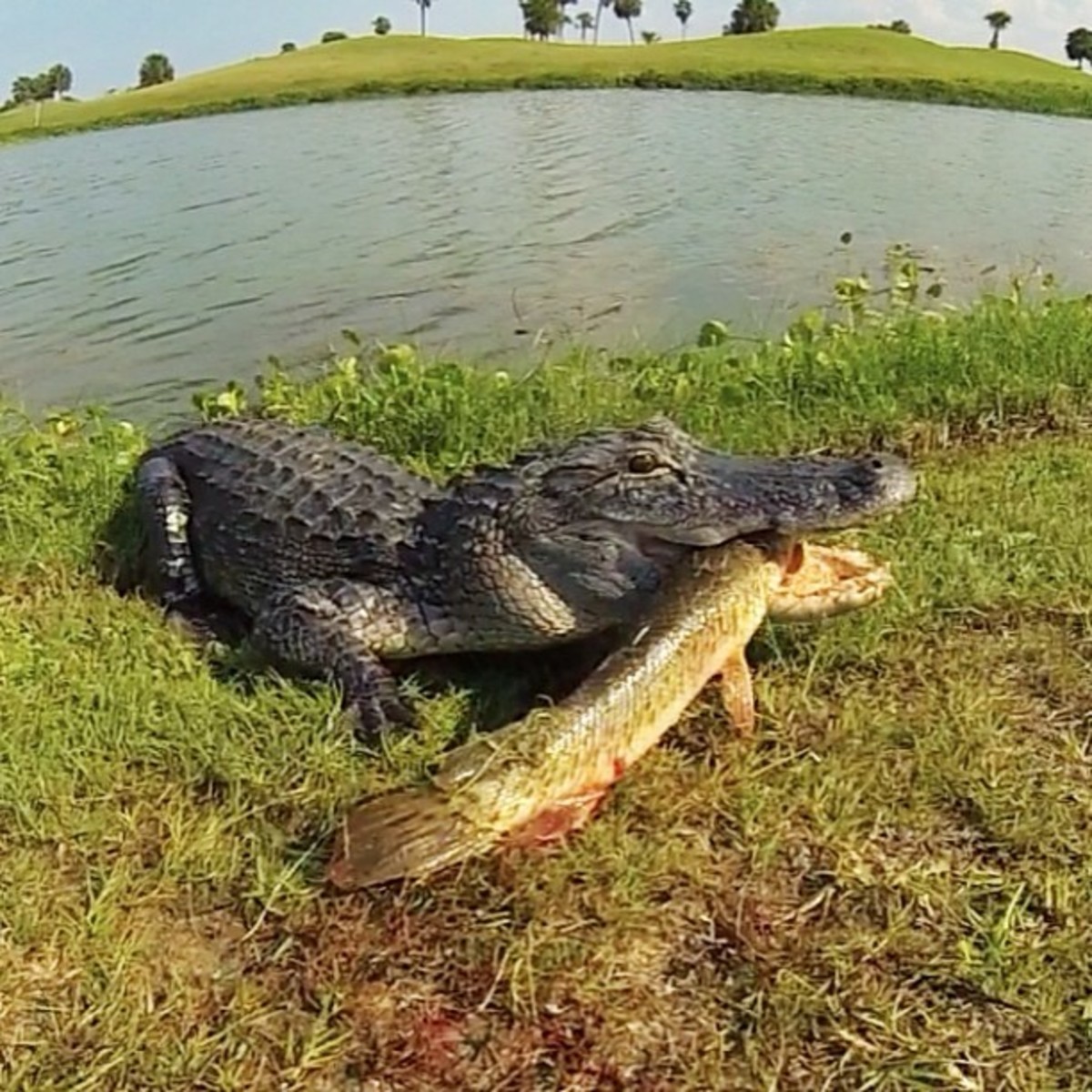
Kelly Slater’s impact on the sport of surfing is unparalleled. He claimed the ASP World Tour title at the age of 21, including a run of consecutive titles between 1994-1998, and in 2007 became the all-time leader in career events won. Follow Slater on Instagram @kellyslater.
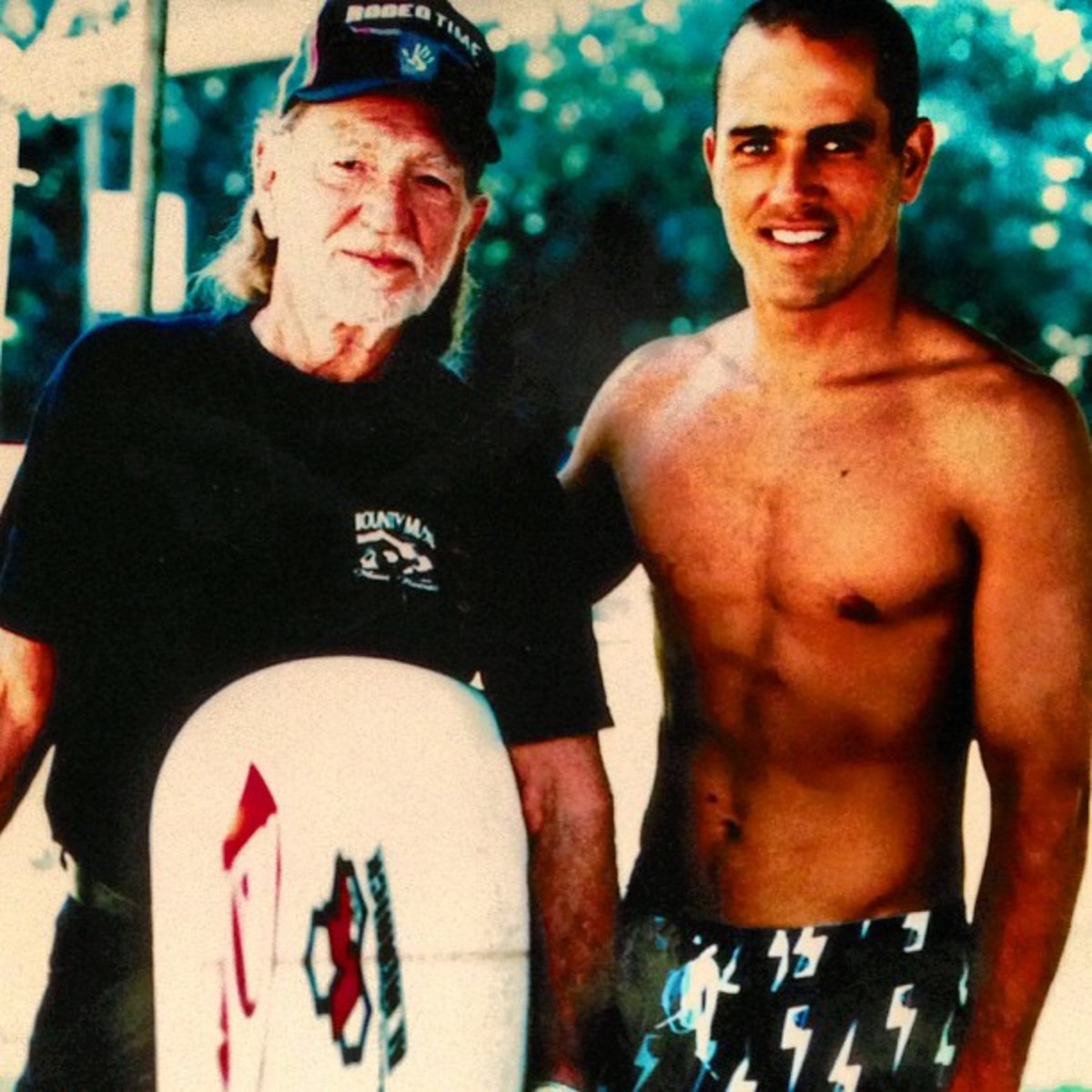
Kelly Slater’s impact on the sport of surfing is unparalleled. He claimed the ASP World Tour title at the age of 21, including a run of consecutive titles between 1994-1998, and in 2007 became the all-time leader in career events won. Follow Slater on Instagram @kellyslater.
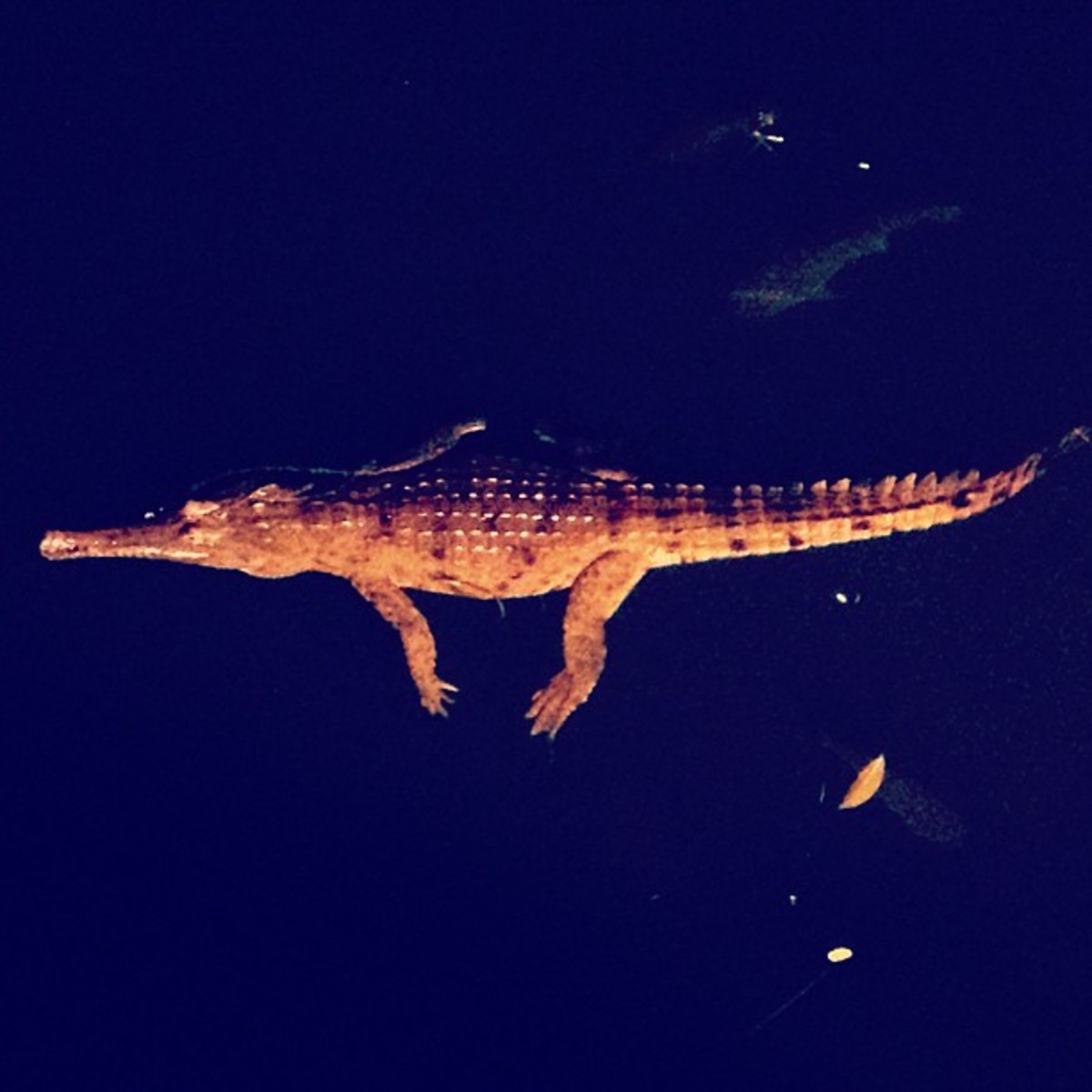
Kelly Slater’s impact on the sport of surfing is unparalleled. He claimed the ASP World Tour title at the age of 21, including a run of consecutive titles between 1994-1998, and in 2007 became the all-time leader in career events won. Follow Slater on Instagram @kellyslater.
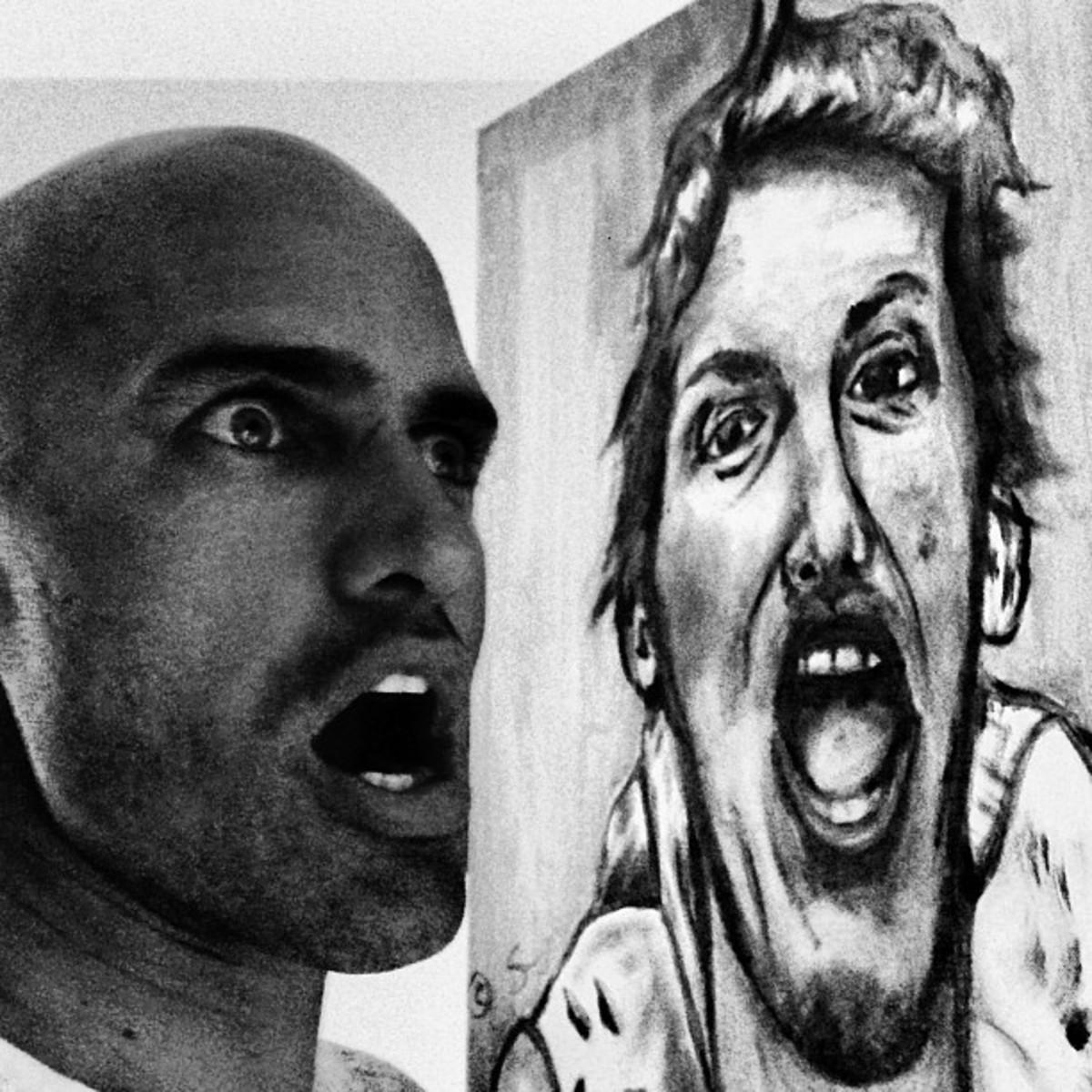
Kelly Slater’s impact on the sport of surfing is unparalleled. He claimed the ASP World Tour title at the age of 21, including a run of consecutive titles between 1994-1998, and in 2007 became the all-time leader in career events won. Follow Slater on Instagram @kellyslater.
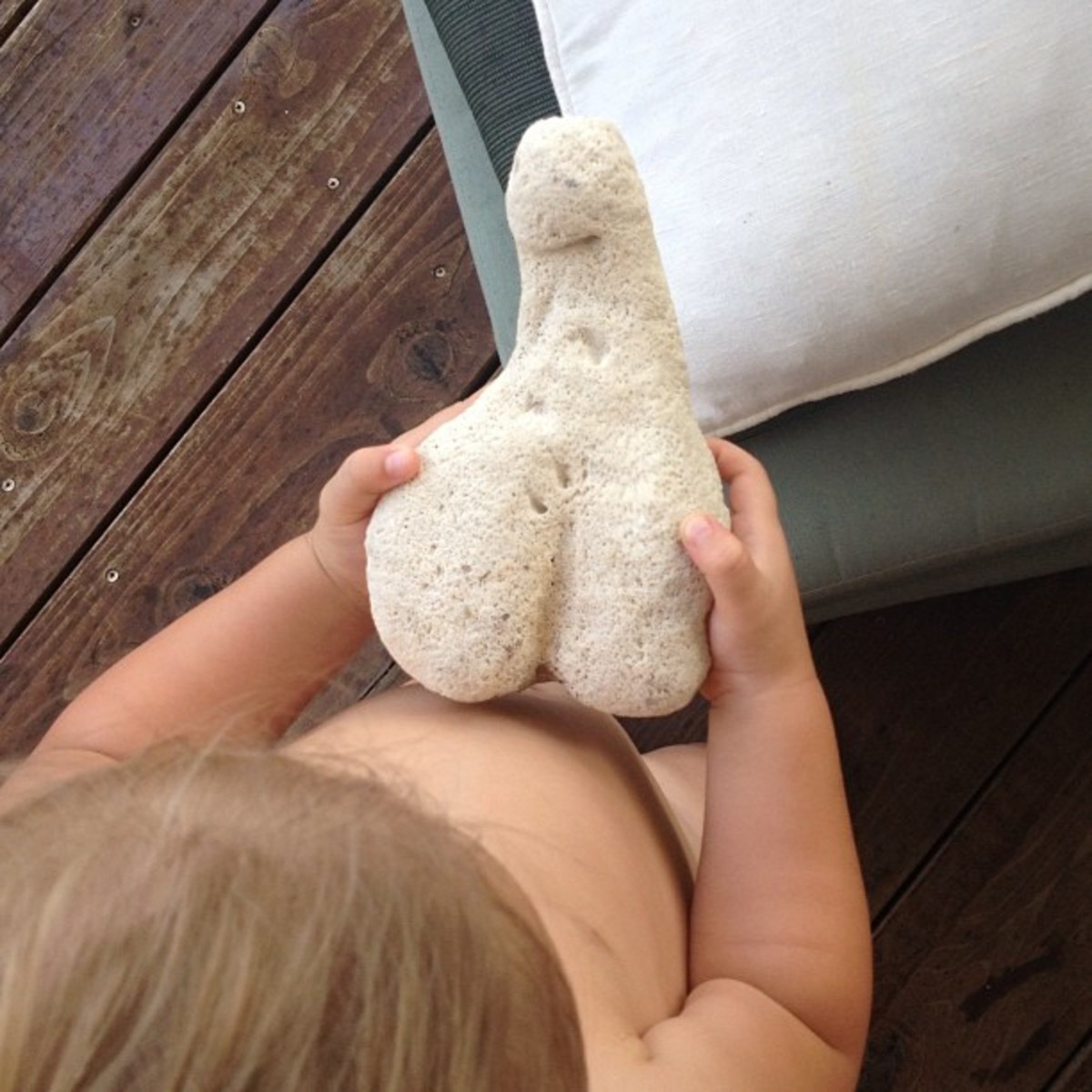
Kelly Slater’s impact on the sport of surfing is unparalleled. He claimed the ASP World Tour title at the age of 21, including a run of consecutive titles between 1994-1998, and in 2007 became the all-time leader in career events won. Follow Slater on Instagram @kellyslater.
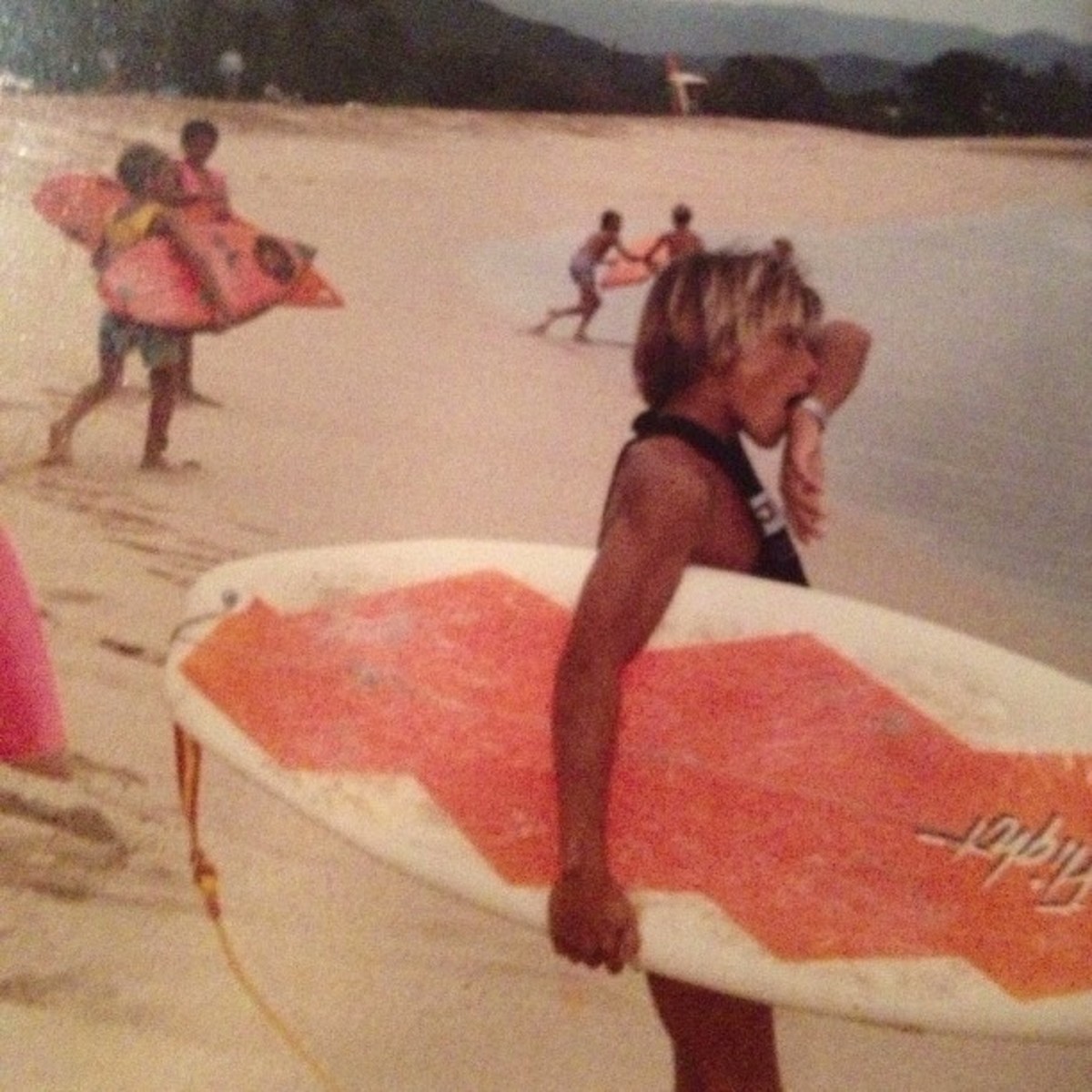
Kelly Slater’s impact on the sport of surfing is unparalleled. He claimed the ASP World Tour title at the age of 21, including a run of consecutive titles between 1994-1998, and in 2007 became the all-time leader in career events won. Follow Slater on Instagram @kellyslater.
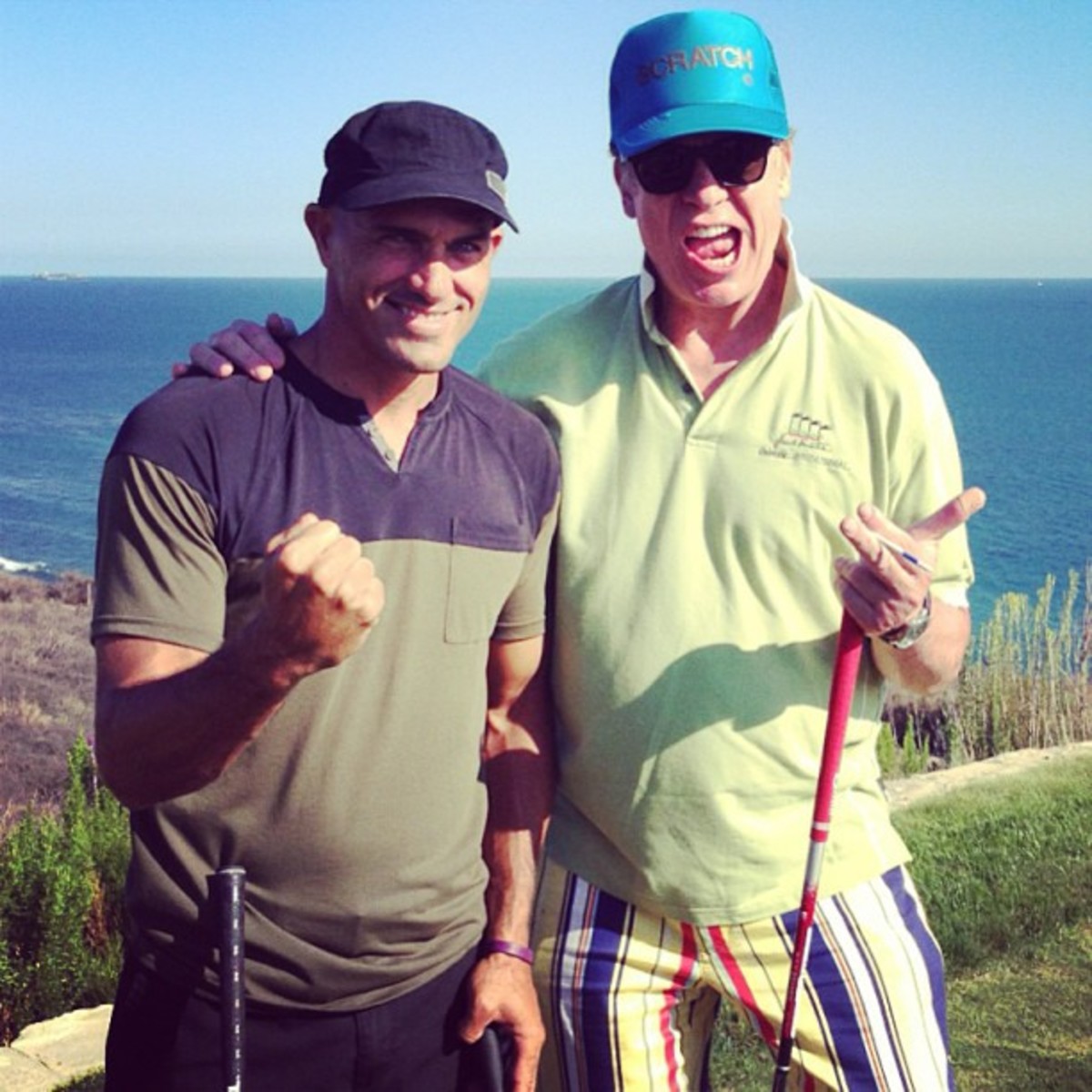
Kelly Slater’s impact on the sport of surfing is unparalleled. He claimed the ASP World Tour title at the age of 21, including a run of consecutive titles between 1994-1998, and in 2007 became the all-time leader in career events won. Follow Slater on Instagram @kellyslater.
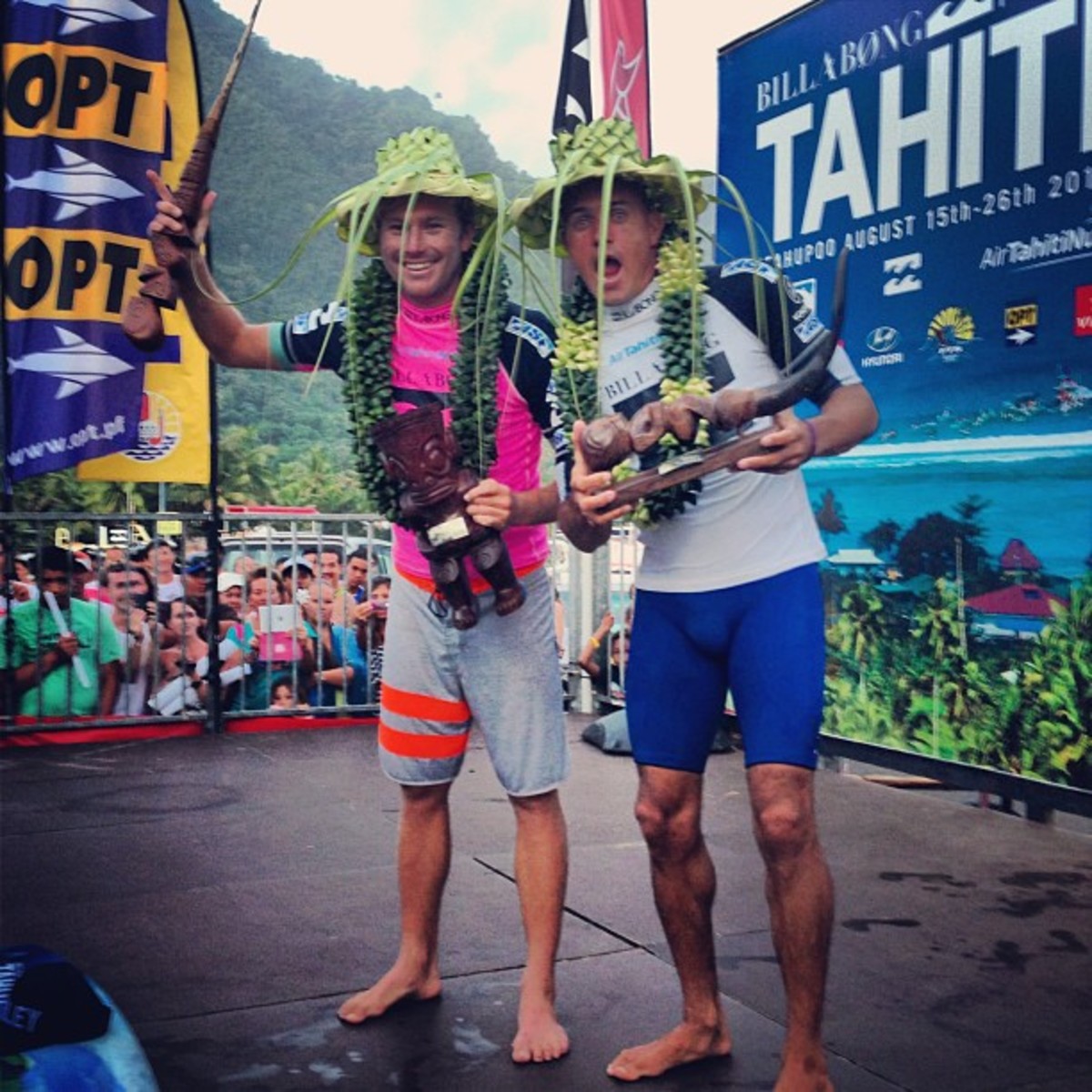
Kelly Slater’s impact on the sport of surfing is unparalleled. He claimed the ASP World Tour title at the age of 21, including a run of consecutive titles between 1994-1998, and in 2007 became the all-time leader in career events won. Follow Slater on Instagram @kellyslater.
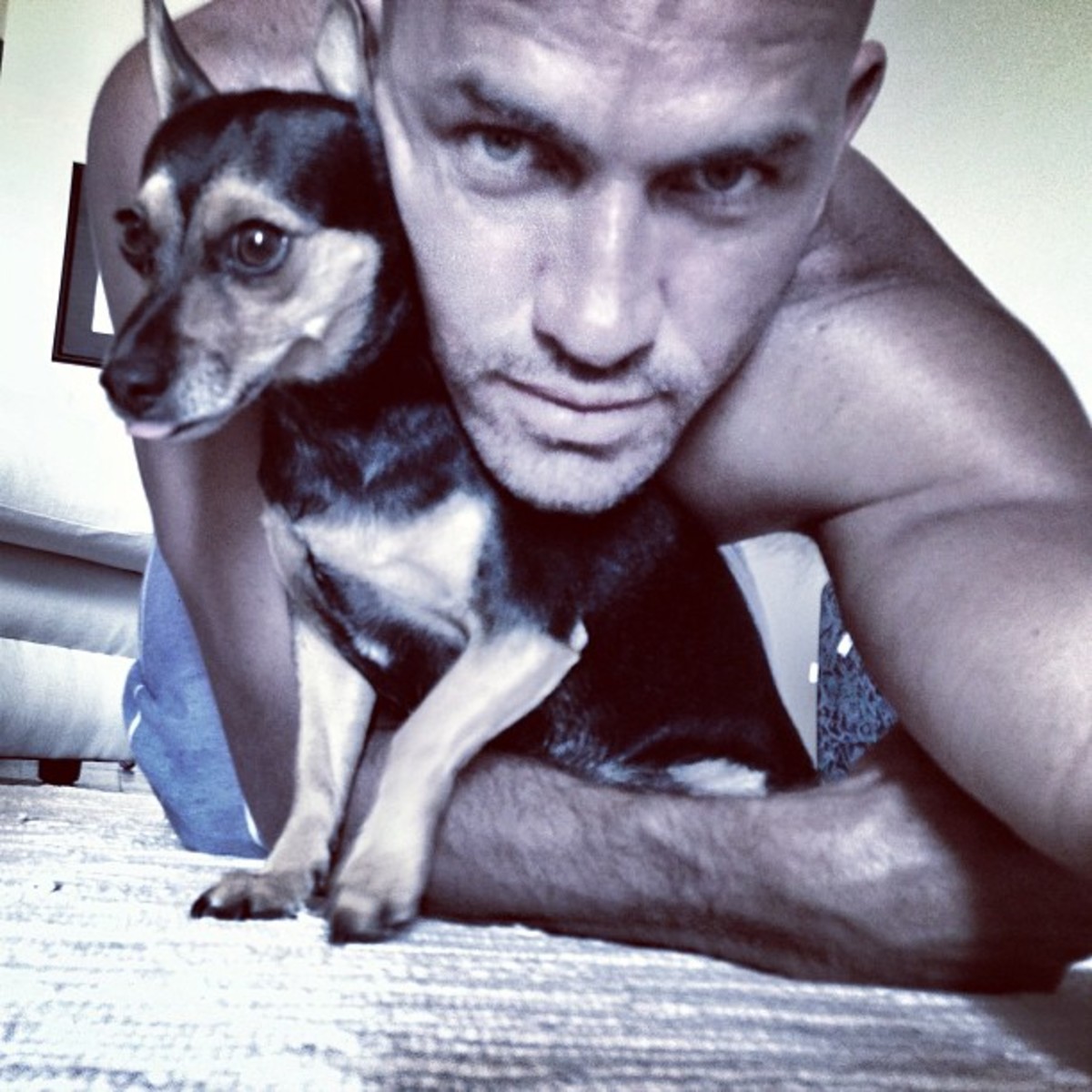
Kelly Slater’s impact on the sport of surfing is unparalleled. He claimed the ASP World Tour title at the age of 21, including a run of consecutive titles between 1994-1998, and in 2007 became the all-time leader in career events won. Follow Slater on Instagram @kellyslater.
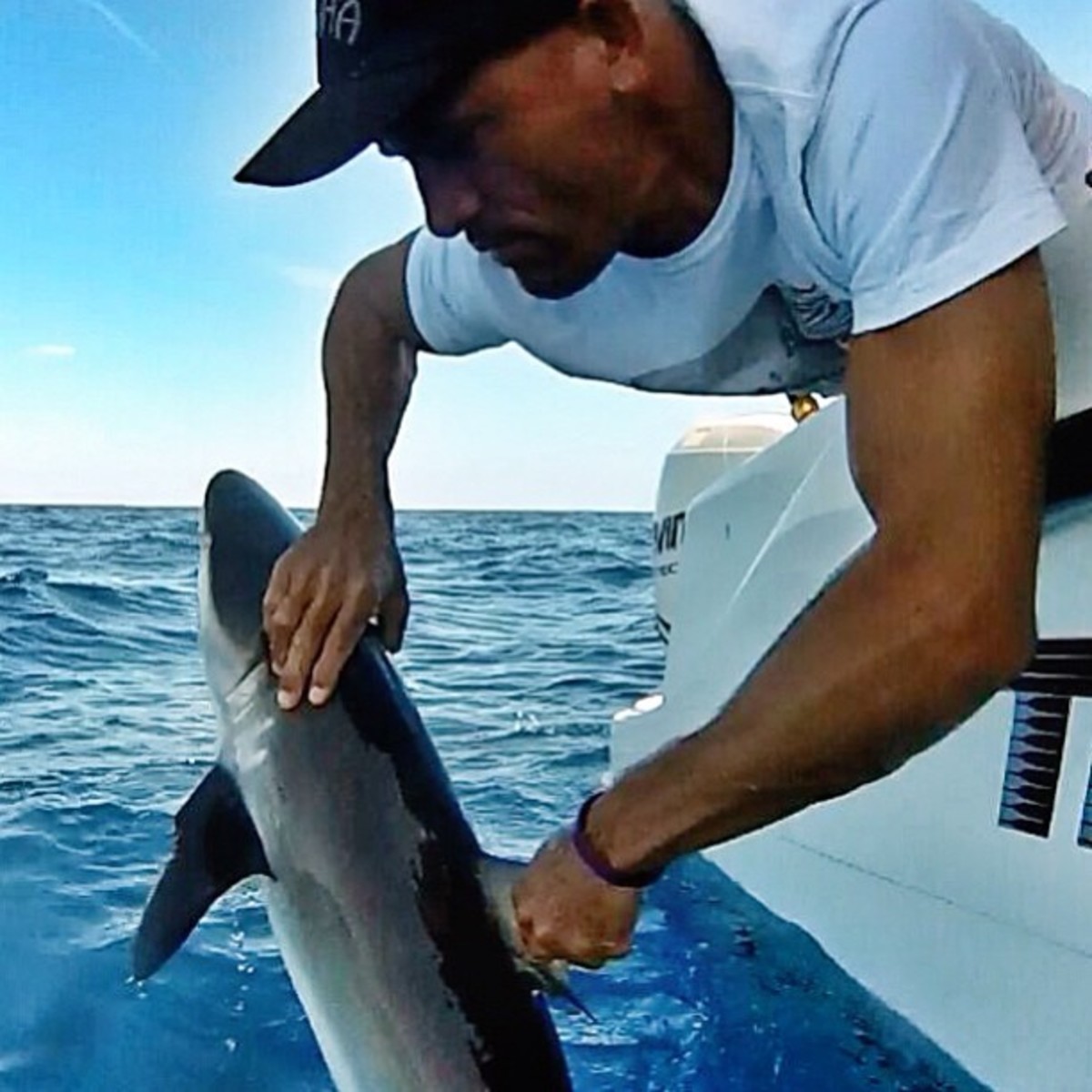
Kelly Slater’s impact on the sport of surfing is unparalleled. He claimed the ASP World Tour title at the age of 21, including a run of consecutive titles between 1994-1998, and in 2007 became the all-time leader in career events won. Follow Slater on Instagram @kellyslater.
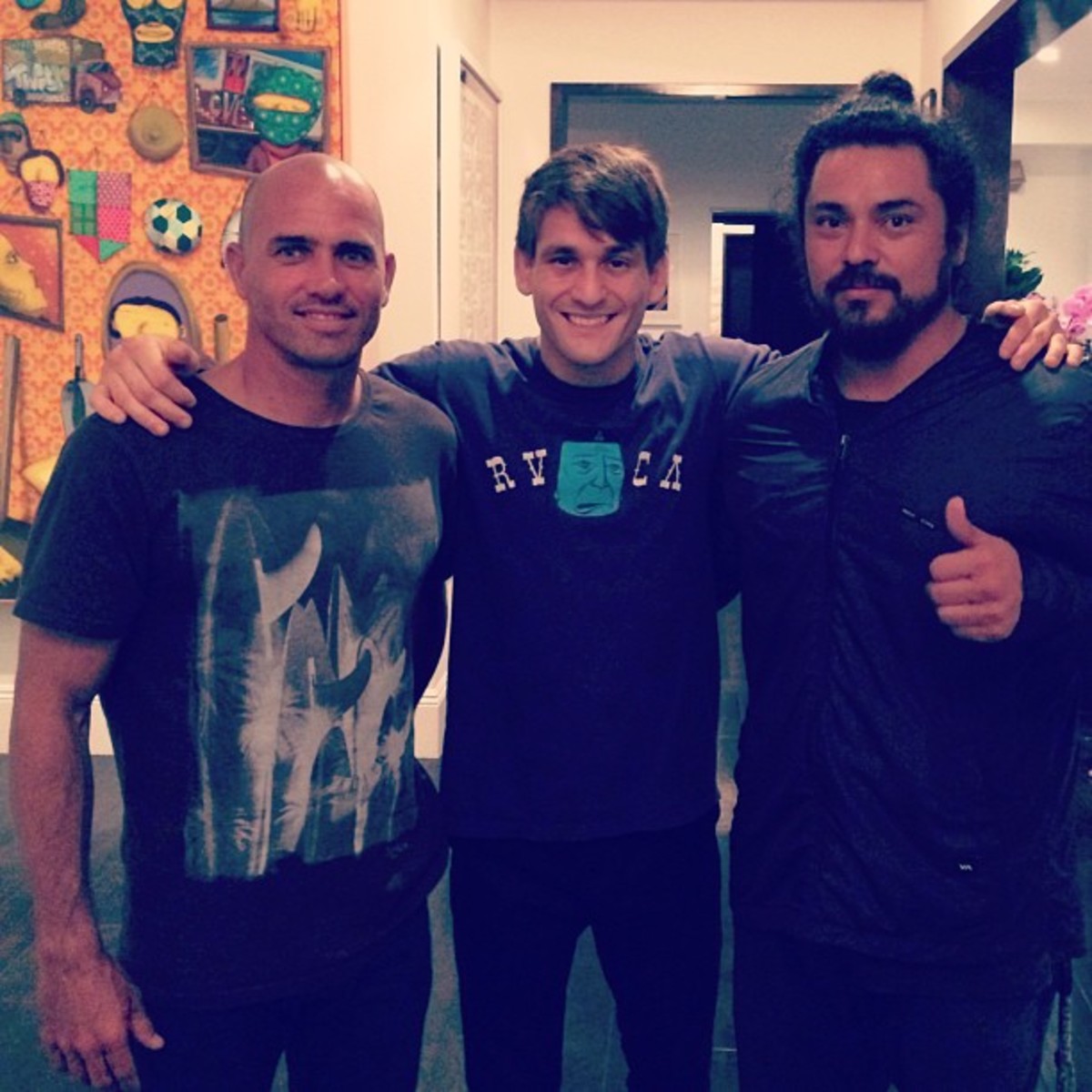
Kelly Slater’s impact on the sport of surfing is unparalleled. He claimed the ASP World Tour title at the age of 21, including a run of consecutive titles between 1994-1998, and in 2007 became the all-time leader in career events won. Follow Slater on Instagram @kellyslater.

Kelly Slater’s impact on the sport of surfing is unparalleled. He claimed the ASP World Tour title at the age of 21, including a run of consecutive titles between 1994-1998, and in 2007 became the all-time leader in career events won. Follow Slater on Instagram @kellyslater.
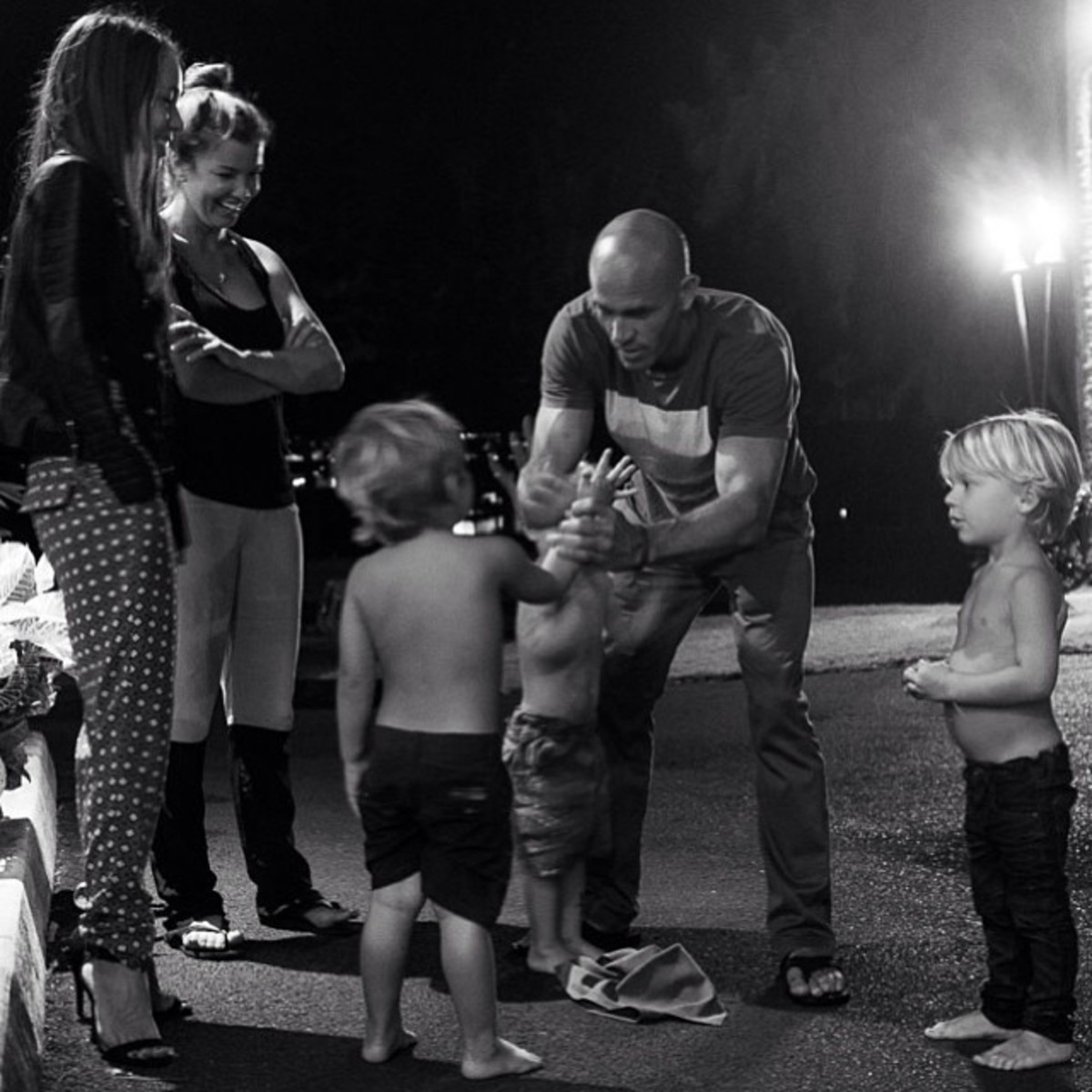
Kelly Slater’s impact on the sport of surfing is unparalleled. He claimed the ASP World Tour title at the age of 21, including a run of consecutive titles between 1994-1998, and in 2007 became the all-time leader in career events won. Follow Slater on Instagram @kellyslater.
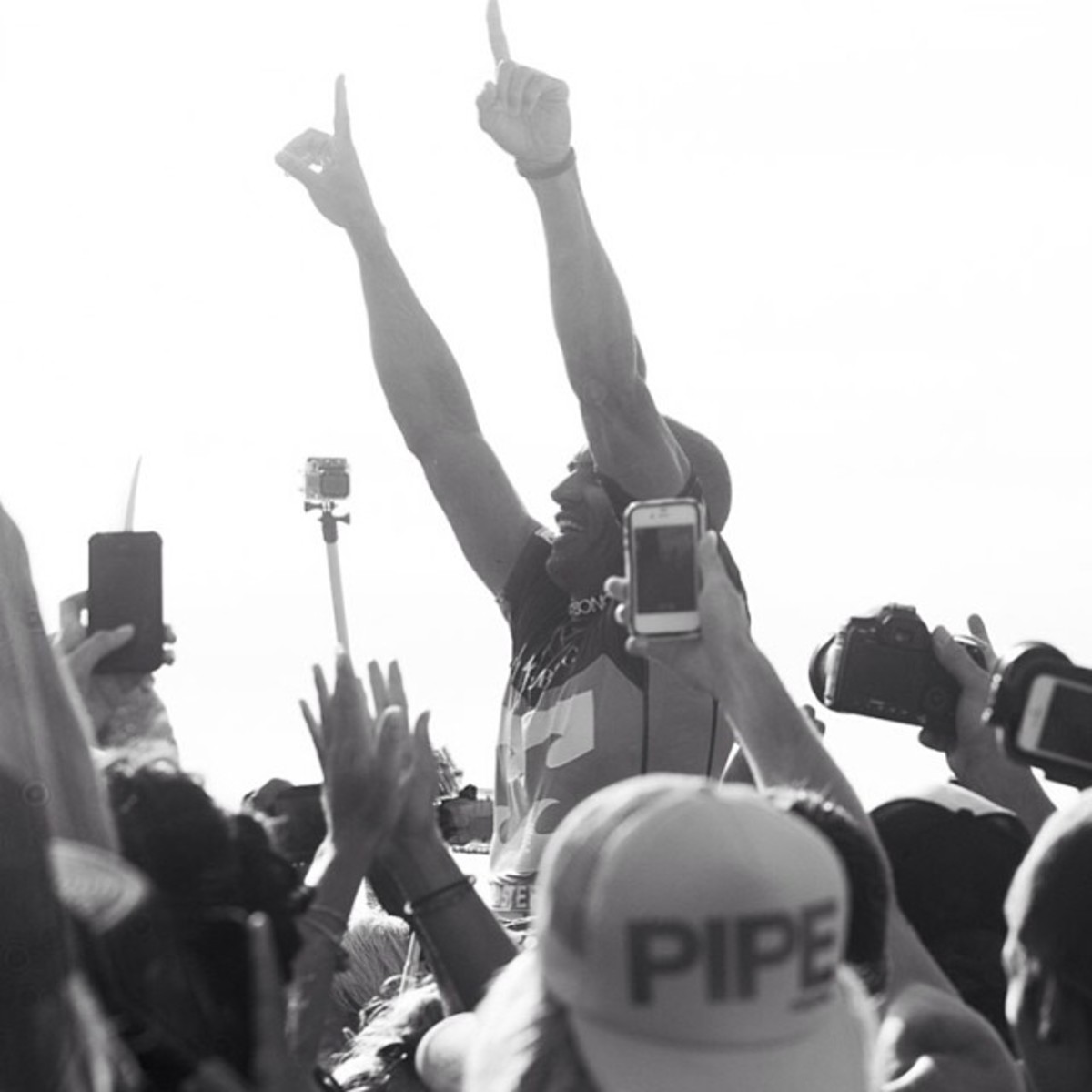
Kelly Slater’s impact on the sport of surfing is unparalleled. He claimed the ASP World Tour title at the age of 21, including a run of consecutive titles between 1994-1998, and in 2007 became the all-time leader in career events won. Follow Slater on Instagram @kellyslater.
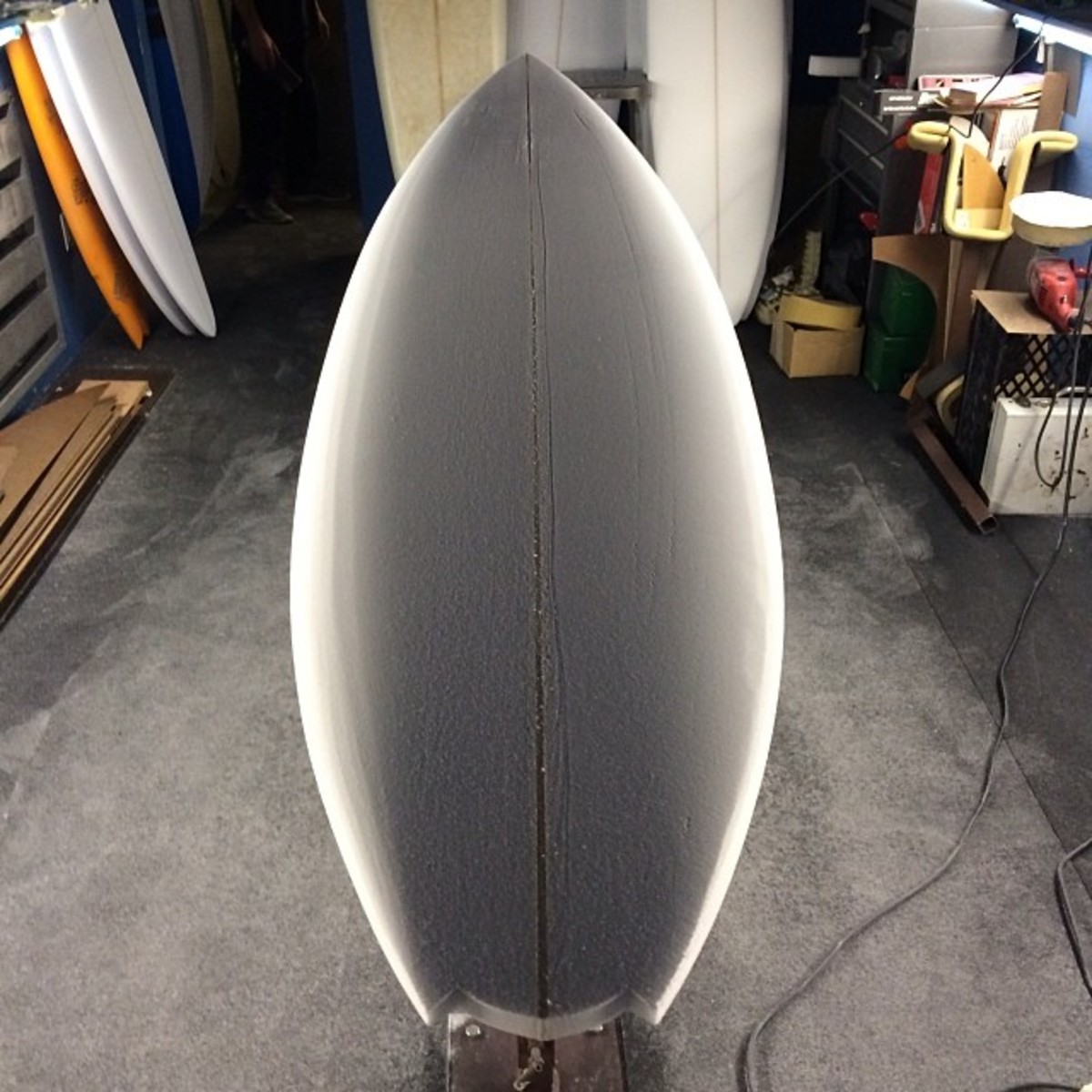
Kelly Slater’s impact on the sport of surfing is unparalleled. He claimed the ASP World Tour title at the age of 21, including a run of consecutive titles between 1994-1998, and in 2007 became the all-time leader in career events won. Follow Slater on Instagram @kellyslater.
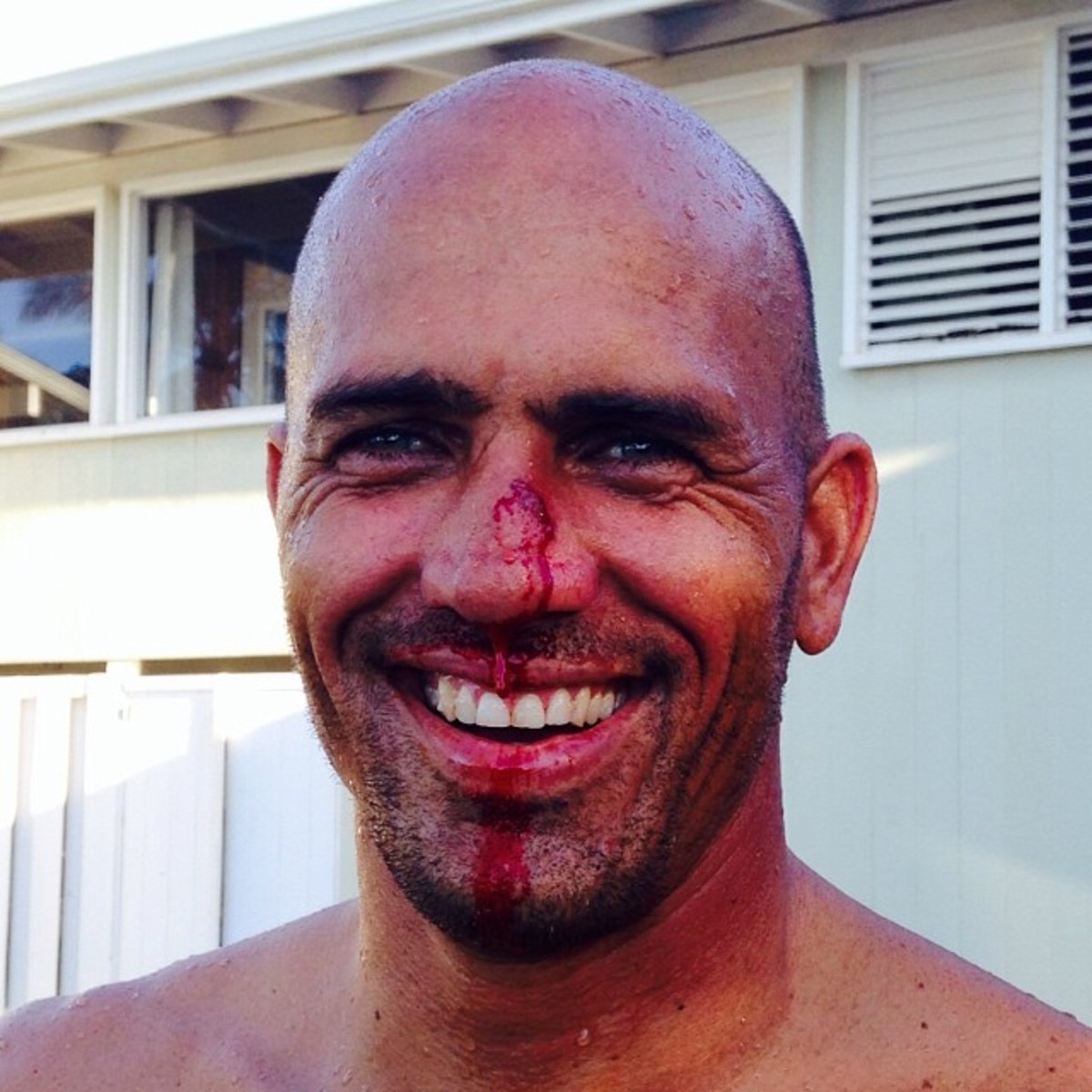
Kelly Slater’s impact on the sport of surfing is unparalleled. He claimed the ASP World Tour title at the age of 21, including a run of consecutive titles between 1994-1998, and in 2007 became the all-time leader in career events won. Follow Slater on Instagram @kellyslater.
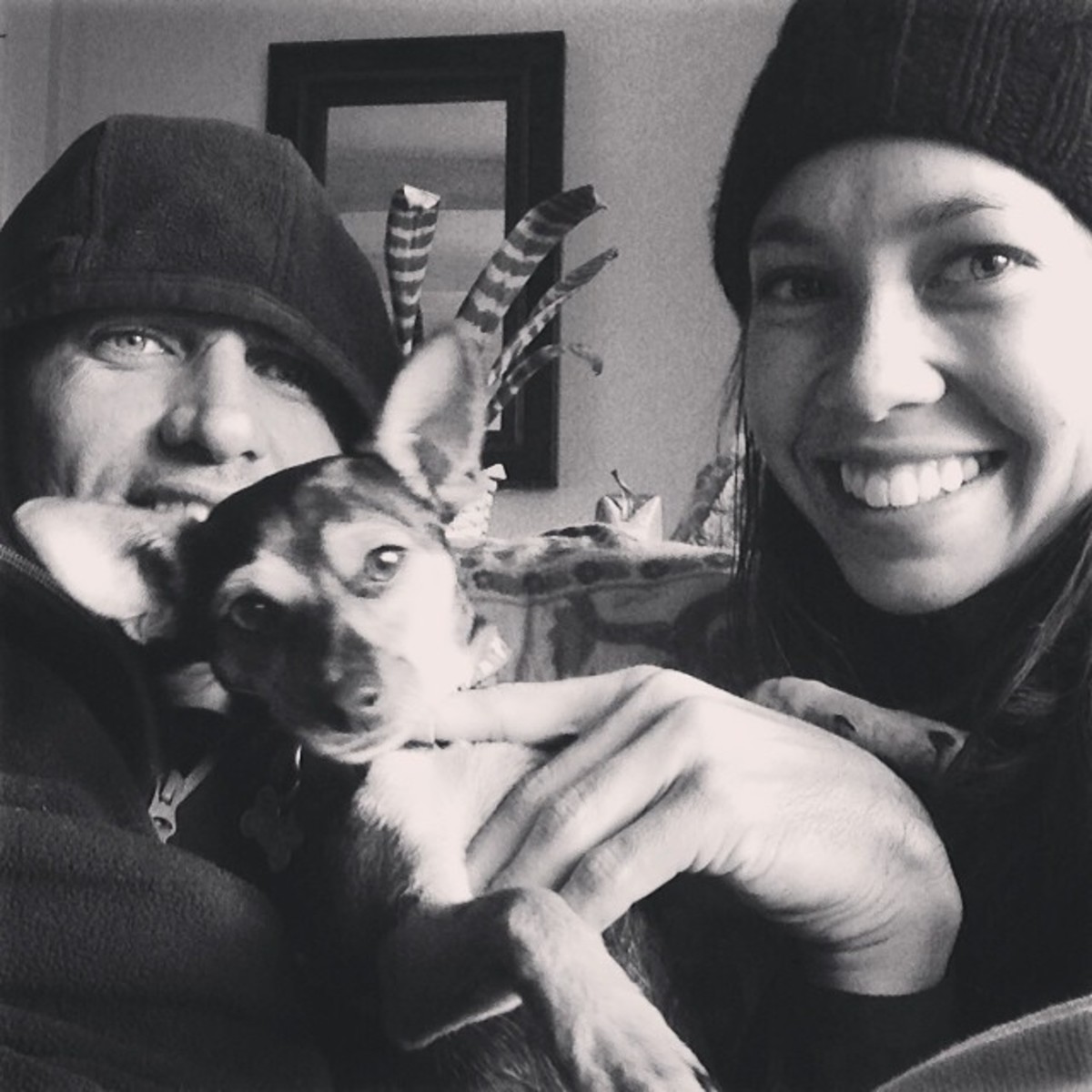
Kelly Slater’s impact on the sport of surfing is unparalleled. He claimed the ASP World Tour title at the age of 21, including a run of consecutive titles between 1994-1998, and in 2007 became the all-time leader in career events won. Follow Slater on Instagram @kellyslater.
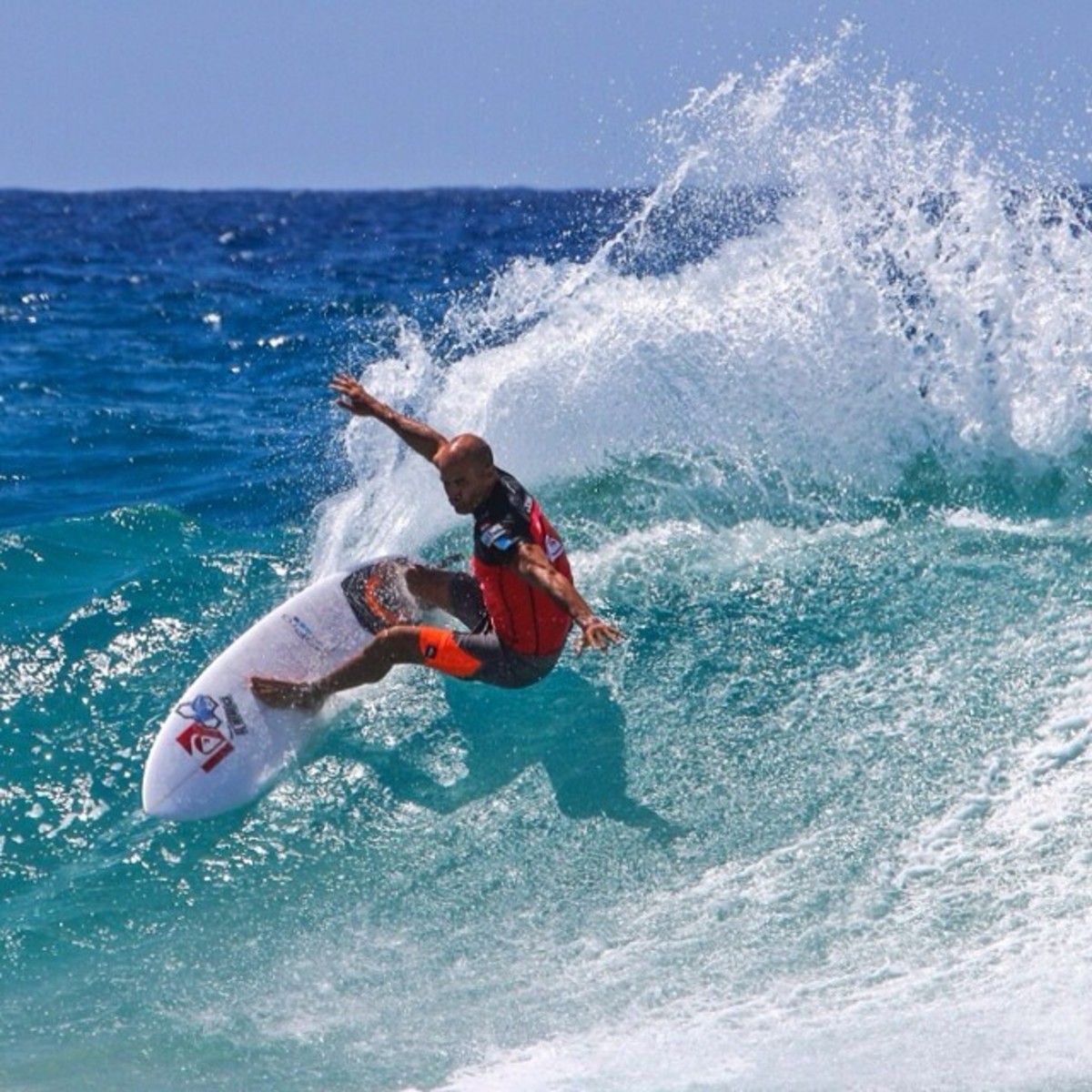
Kelly Slater’s impact on the sport of surfing is unparalleled. He claimed the ASP World Tour title at the age of 21, including a run of consecutive titles between 1994-1998, and in 2007 became the all-time leader in career events won. Follow Slater on Instagram @kellyslater.
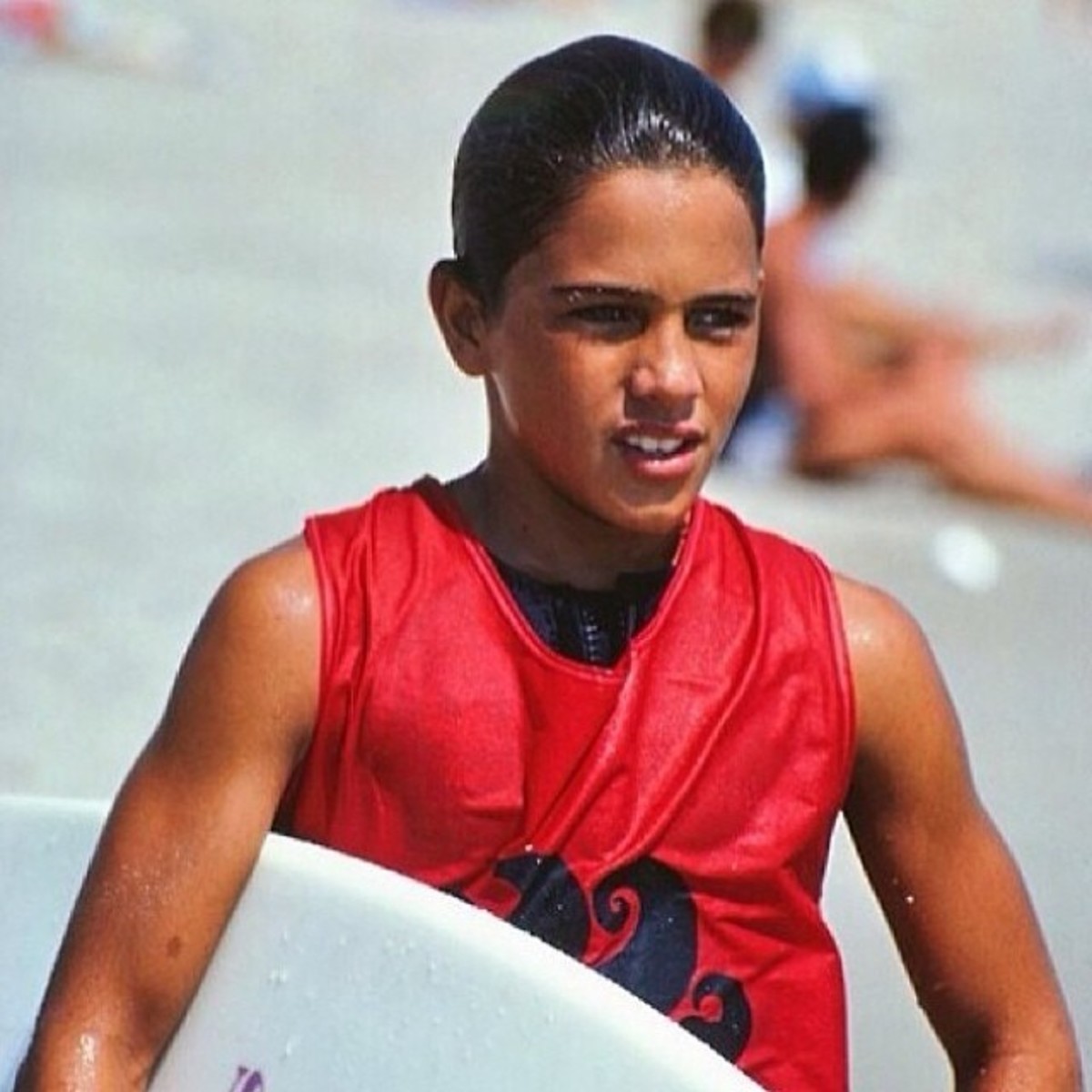
Kelly Slater’s impact on the sport of surfing is unparalleled. He claimed the ASP World Tour title at the age of 21, including a run of consecutive titles between 1994-1998, and in 2007 became the all-time leader in career events won. Follow Slater on Instagram @kellyslater.
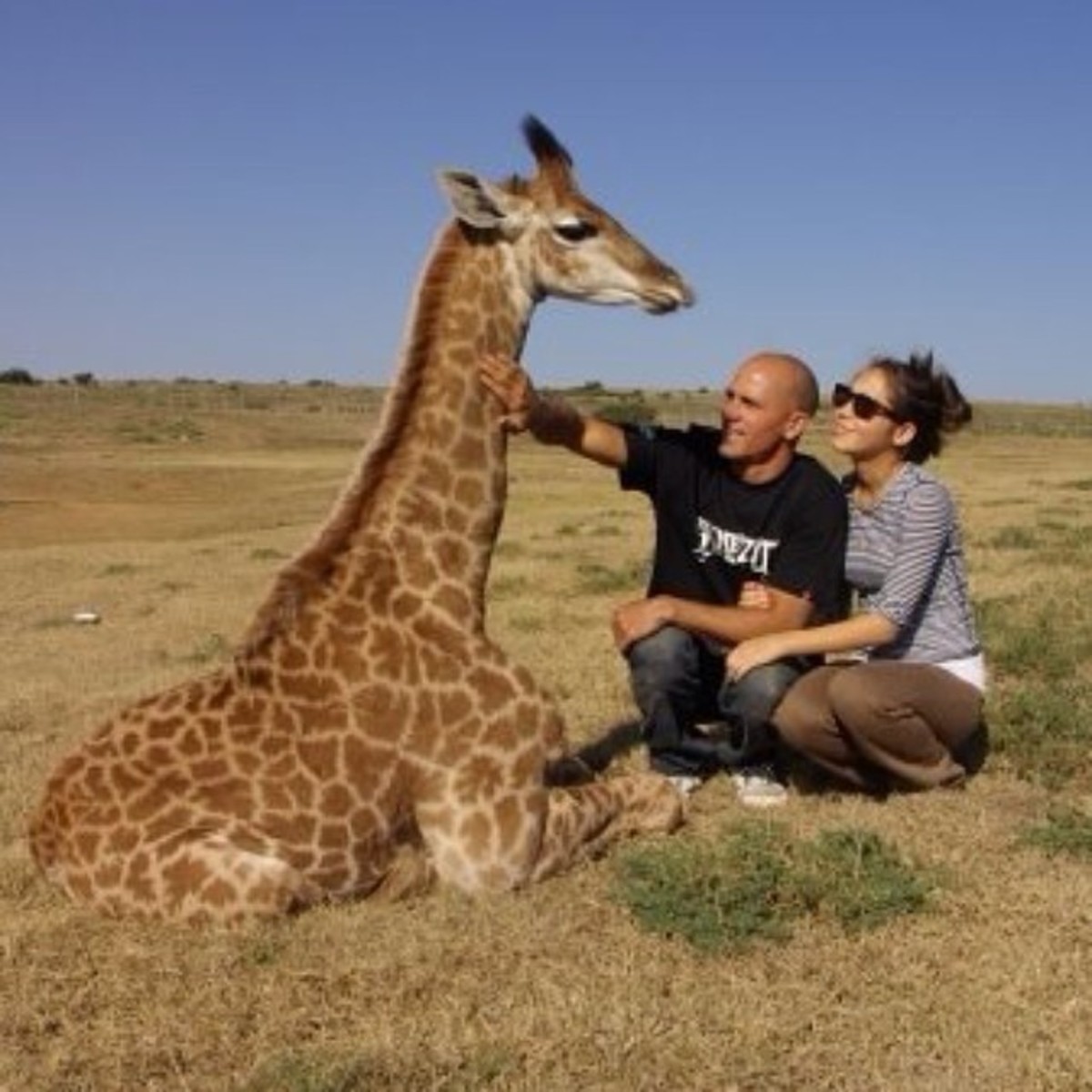
Kelly Slater’s impact on the sport of surfing is unparalleled. He claimed the ASP World Tour title at the age of 21, including a run of consecutive titles between 1994-1998, and in 2007 became the all-time leader in career events won. Follow Slater on Instagram @kellyslater.
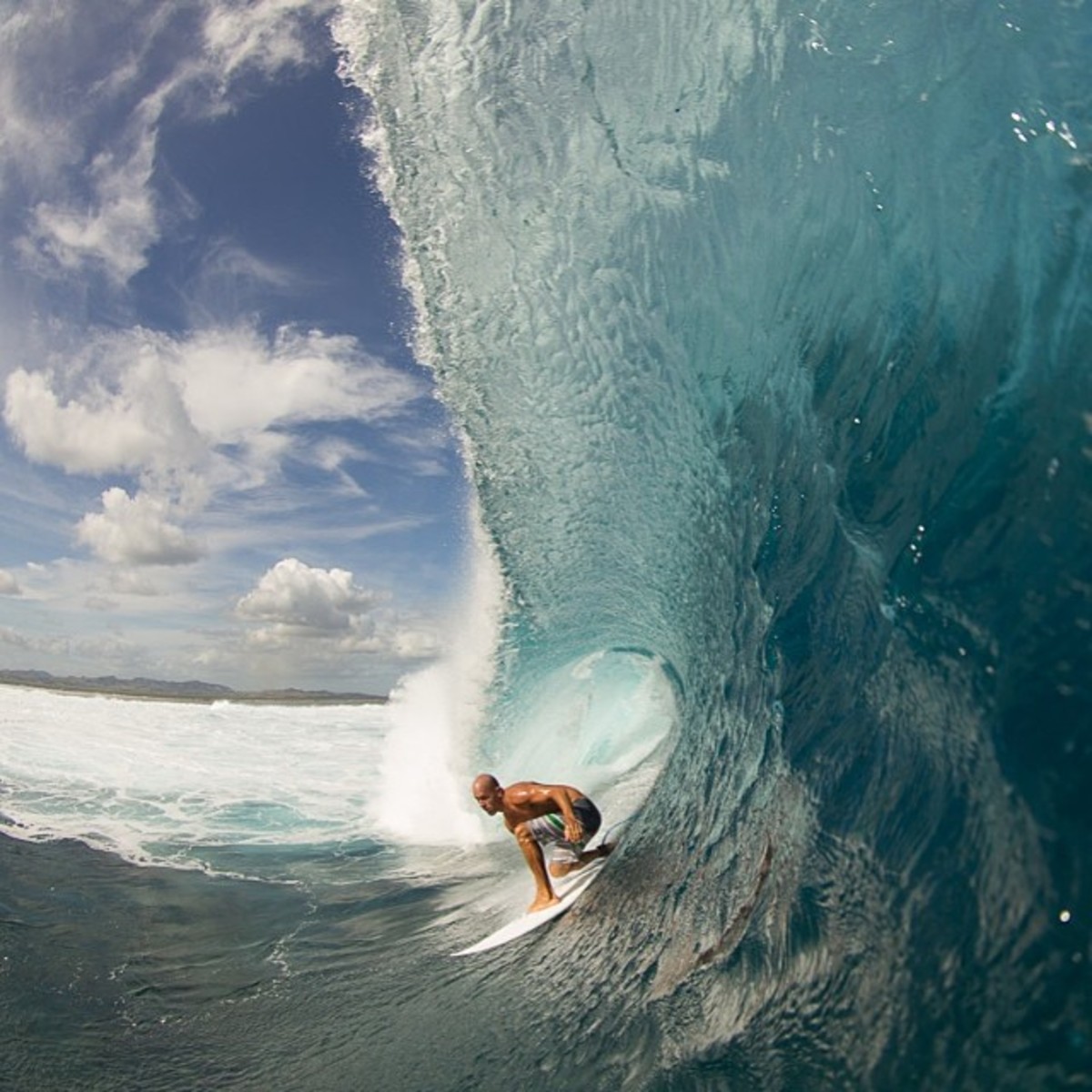
Kelly Slater’s impact on the sport of surfing is unparalleled. He claimed the ASP World Tour title at the age of 21, including a run of consecutive titles between 1994-1998, and in 2007 became the all-time leader in career events won. Follow Slater on Instagram @kellyslater.
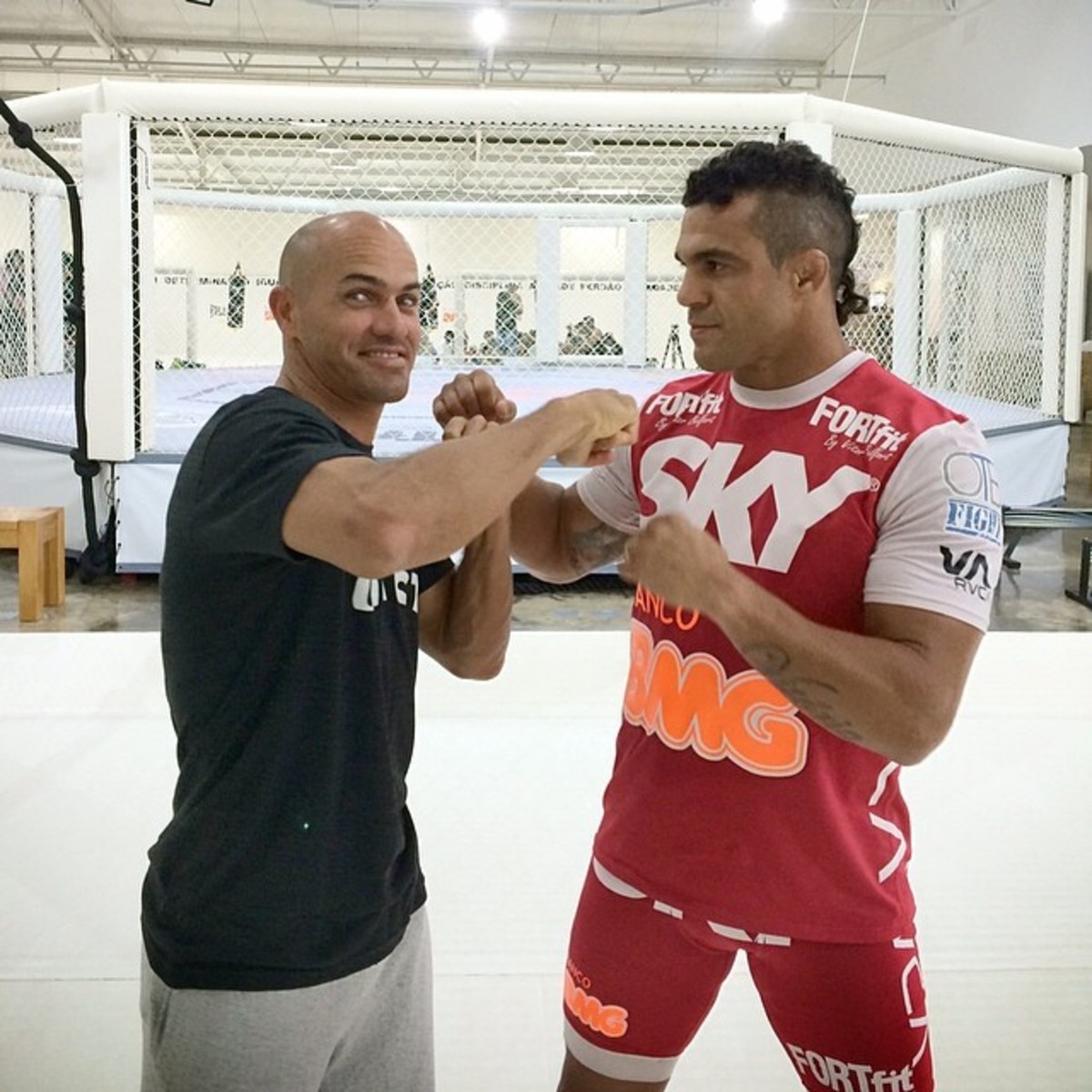
Kelly Slater’s impact on the sport of surfing is unparalleled. He claimed the ASP World Tour title at the age of 21, including a run of consecutive titles between 1994-1998, and in 2007 became the all-time leader in career events won. Follow Slater on Instagram @kellyslater.
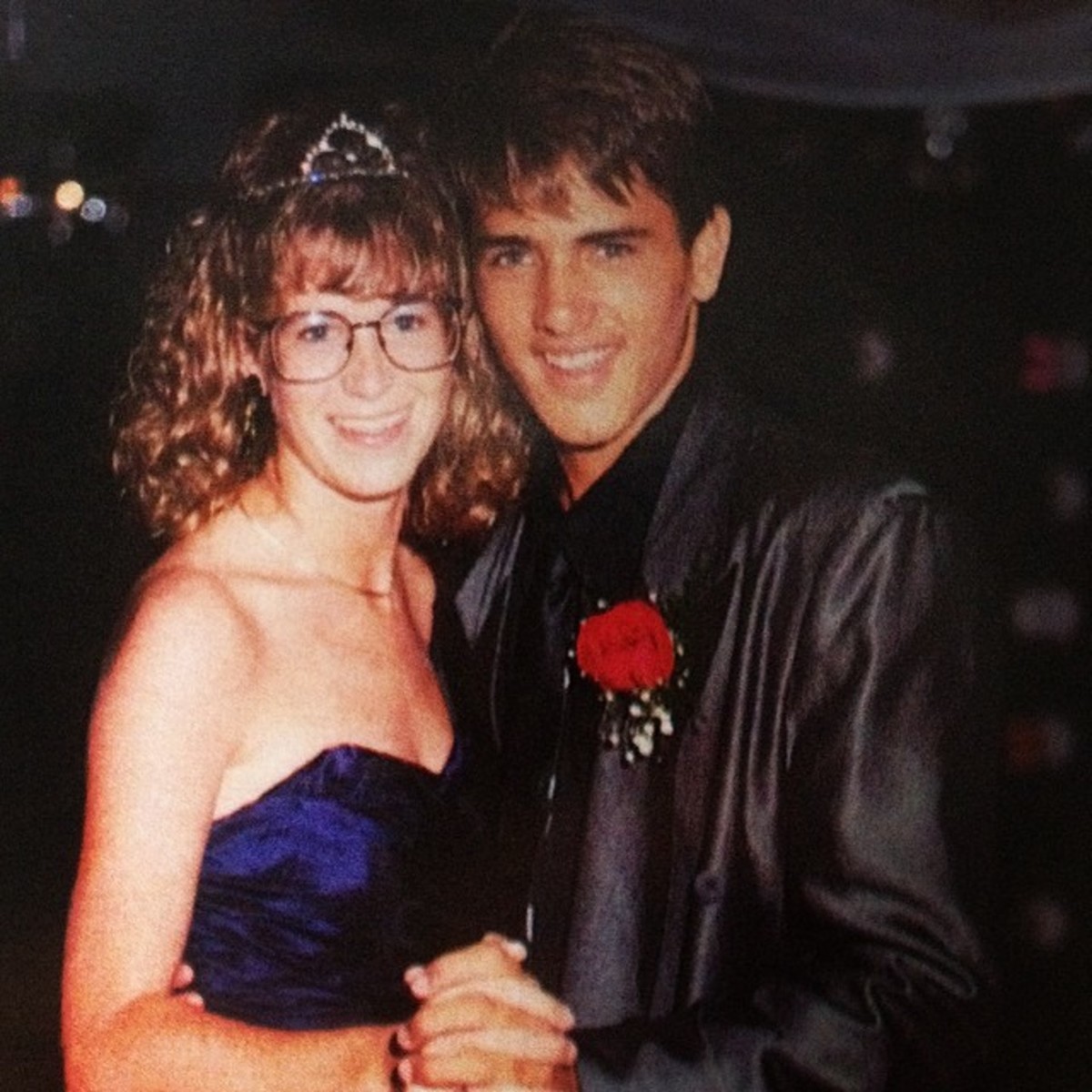
Kelly Slater’s impact on the sport of surfing is unparalleled. He claimed the ASP World Tour title at the age of 21, including a run of consecutive titles between 1994-1998, and in 2007 became the all-time leader in career events won. Follow Slater on Instagram @kellyslater.
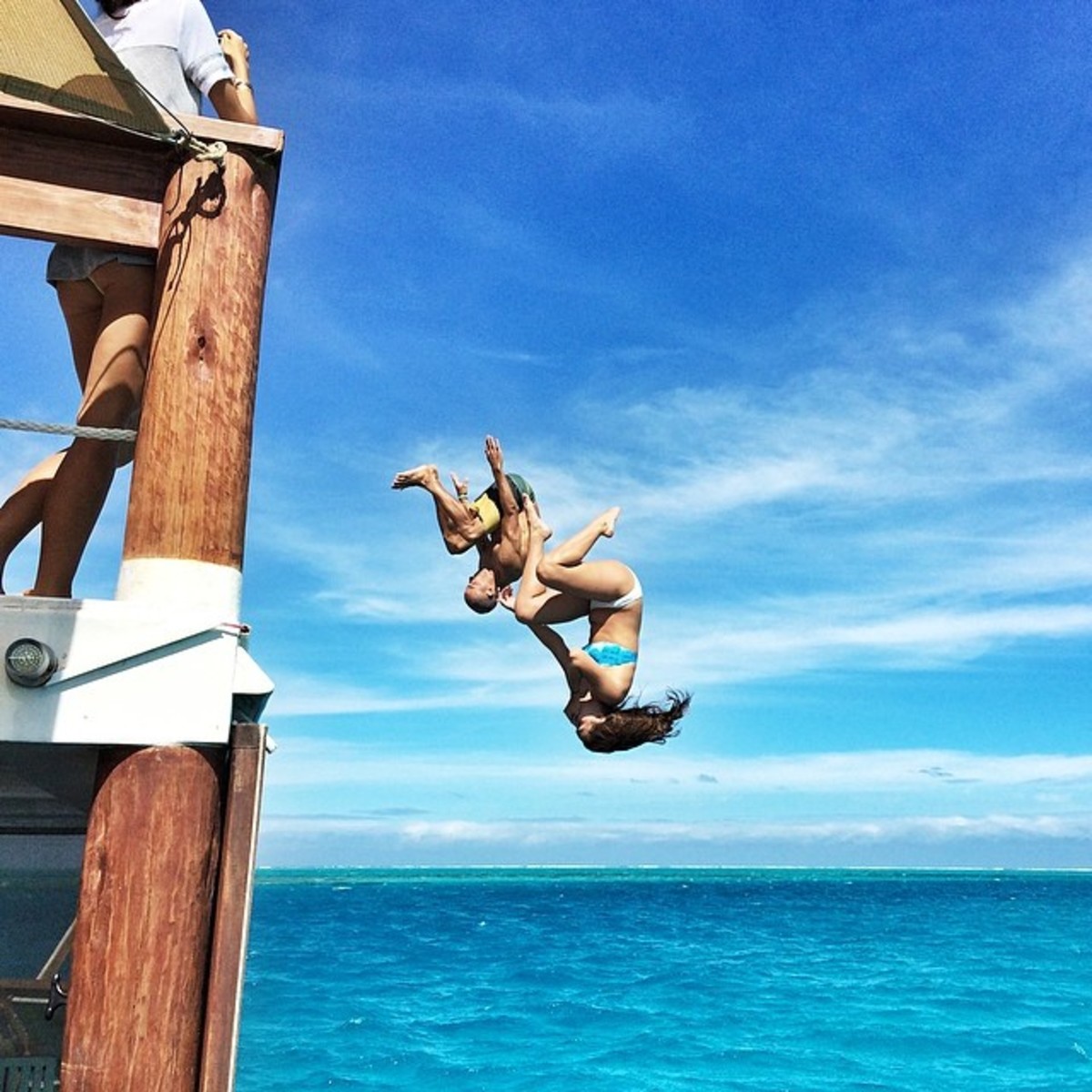
Kelly Slater’s impact on the sport of surfing is unparalleled. He claimed the ASP World Tour title at the age of 21, including a run of consecutive titles between 1994-1998, and in 2007 became the all-time leader in career events won. Follow Slater on Instagram @kellyslater.
A year later, in 1990, after he grew taller and more muscular and went on the Association of Surfing Professionals tour, the bidding began in earnest. Quiksilver rep Danny Kwock took one long look at the 18-year-old: charisma, desire, sincerity, smarts, looks and those piercing jade eyes. A kid who could do the kinds of maneuvers off 16-foot water cliffs that California surfers would doodle on their high school binders but not dare try in front of judges, and milk a mediocre wave for points better than anyone because that's the kind of surf he'd grown up on. A kid who took the best from the surfing culture, making friends and bonfires and guitar music all over the world, but recoiled from the bongs and bar stools that had tripped so many surfers. The only trace of any trouble was the kid's chronic lateness for flights, appointments, even dinners with buddies. But Kwock was so sure he was staring at the nextwave, the tsunami of the surf industry, that he risked his job and offered Kelly one third more than the unprecedented sum he'd been authorized to offer, and stole him from Ocean Pacific.
Before Kelly had gone to his senior prom, he was one of the five highest-paid surfers on earth. Before he knew it, he'd been talked by his manager into taking a role on Baywatch playing some screenwriter's lame idea of a Malibu lifeguard, bouncing slo-mo alongside Pamela Anderson and whirling in paradox: Kelly, the nature boy in communion with the ocean, being scorned by surfing purists for dragging the sacred art from the temple into the marketplace.
Before he knew it, he was engaged at 21 to the Wonder Woman he'd met at a trade show—Bree Pontorno, a 17-year-old model in heels and a floss bikini beneath a cascade of curly black hair—and he was broke. His bighearted mother, always quick to rescue people, had gone through his account.
Before he knew it, he was lying in a 15th-floor room at a seaside hotel in Biarritz, France, in 1993—the year after he'd become the youngest surfer, at 20, ever to win the world championship—too weak to get up, flattened by the flu and the five-alarm fire that had broken out 4,000 miles away between his fiancée and his mom. But he could look through his open window and see the contest on the beach below.
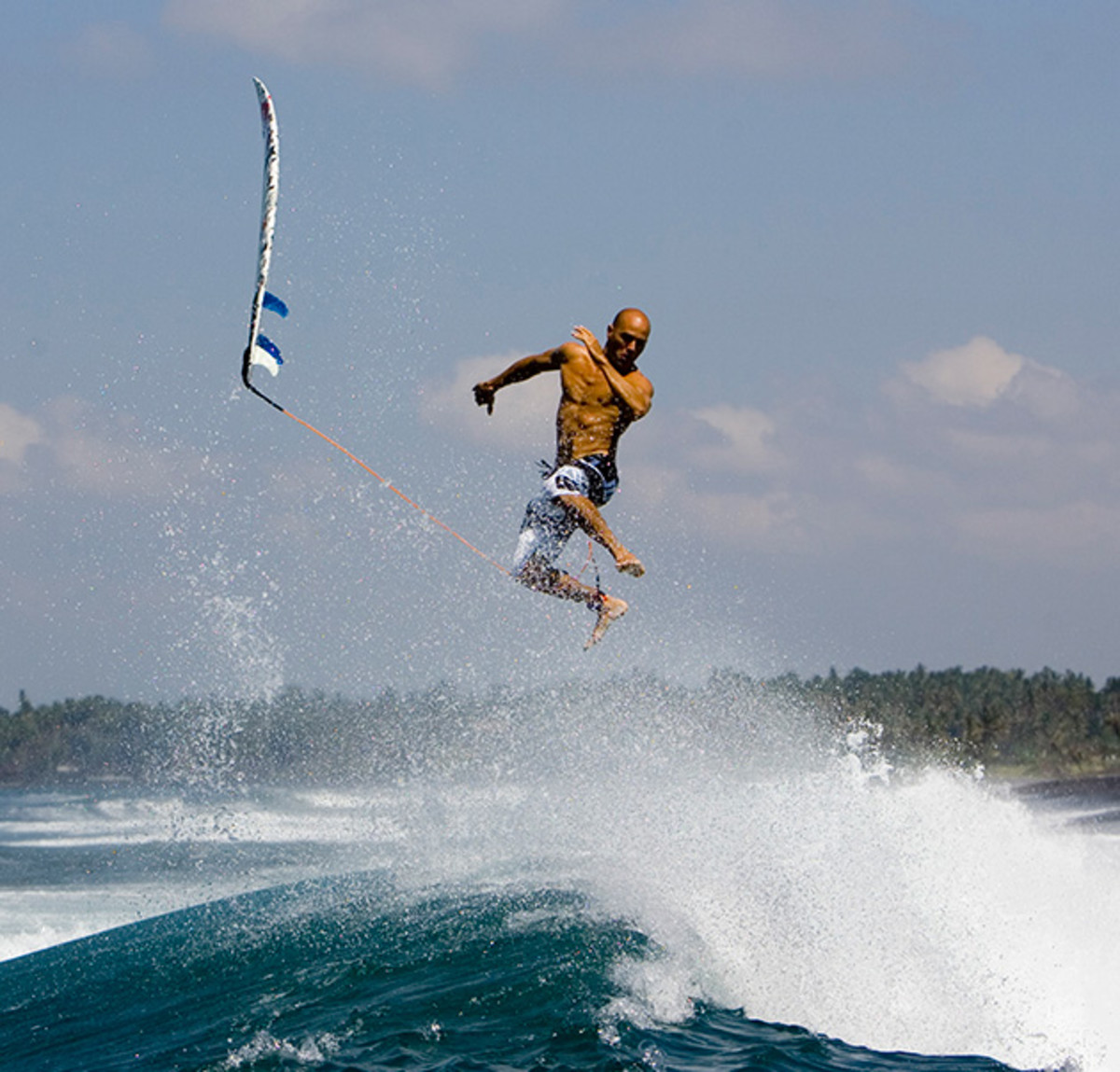
The waves were pitiful. The media's and judges' and Quiksilver's tents covered the sand, the fans thronged the booths selling fast food, T-shirts and posters, the two contestants bobbed in the listless sea, the announcer on the public-address system babbled on. Suddenly it seemed as if angels had delivered him to this perch so he could gaze down and see what he'd never seen, couldn't see, down there: It ... was all ... a sham.
Imposing scores on a couple of guys trying to catch a wave, cleaving them into winner and loser? Inviting marketers and autograph seekers onto a beach? A circus, that's what it was, and the show pony—the one the crowd would be gawking at right now if he hadn't been a second-round loser—was Kelly Slater.
The Fourth Why
On to Japan, Brazil and Hawaii. Back to ocean-dancing for points, money, fame. The vision that had freaked him faded. He went back to feeling like a cheetah on the hunt when he dropped into the barrel, the world suddenly gone silent, his body crouched low and flying across the surface while his head, and his mind, remained perfectly still. An athlete didn't have to answer the question, did he? That was the beauty of sports: They compressed everything. They crumpled the world into the two or three hours of a contest, the six or seven months of a season, the five or 10 years of a career. They gave athlete and audience both a free pass from why, really?
The tour saved his sanity during his disintegrating engagement. The tour made him forget the hollowness and contradictions of the tour. Competition as numbing agent: the fourth why.
But wait. He hated numbing agents. He stopped taking the antidepressants that a psychiatrist had prescribed; couldn't they make him stop feeling something he needed to feel? He stopped going to therapy. He analyzed, and mock-analyzed, himself: "Obsessive-compulsive disorder mixed with a little borderline addictive personality disorder," he once told a writer. "Kelly has used surfing as a replacement for intimacy and stability, and goes from being very present one minute to seemingly aloof the next. He's a pretty complex case study because he lives a lot of different lives ... his surroundings and friends constantly changing." He began reading self-help books on long flights to exotic isles teeming with exotic women eager to help.
See? That was the problem. Everyone everywhere chorused it: Hey, Kelly Slater! Wanna trade lives? He had the dream job. He had guitars, golf clubs and surfboards stashed across the globe. He surfed with Eddie Vedder, hung with Sean Penn, jumped onstage to play with Pearl Jam, Ben Harper and Jack Johnson. He was drop-to-his-knees grateful; the bounty of his life mocked his disillusionment.
Kings of style: How to master one of the most elusive skills in action sports
So just ... don't ... think about it. Crissakes, Kelly, friends teased, you could chew a dead horse to dog chow; nobody needs a why for competing in America. They'd shake their heads, remembering the mousse Kelly put on his Ping-Pong paddle to get more grip, the tears that welled in his eyes when he lost 18 straight matches on his 18th birthday to his Cocoa Beach buddy, Drew Filliben. The judges he screamed at, the surfboards he—who never showed a trace of temper elsewhere—punched and head-butted and flung and smashed to bits. The notebook he kept, the Encyclopedia of How Every Man on Tour Could Be Beaten. The tactics he used, once even sneaking behind an opponent to steal inside position and draw an interference call that swung the contest in his favor.
Uh-oh.... He began reading Deepak Chopra. Warning! He began identifying with his victims. Danger! Drop ... the book ... now. Asked who he'd be if he could be anyone for a day, he selected a homeless person, or someone with AIDS, or someone on his last day of life, because that's how a man could really learn. He walked up to homeless people, bought them meals, sat and talked with them. Where was his home? Cocoa Beach? He'd spent one Christmas there since he was 12, when the surf industry began sending him abroad so he could learn how to handle big waves. The guest bedroom in his manager's house, where he'd crash between contests? The apartments he'd move out of before he'd ever really moved in? His girlfriends' places? His buddies' couches and floors? Fort Lauderdale, where Taylor, his daughter, lived? The child, born in 1996 after a brief relationship, soon had a close family of her own—a loving mom, a stepfather and siblings—that would leave Kelly flailing, unsure how to be more than a fifth wheel; damn, was he duplicating Dad?
Months could pass without him calling his mother or brothers—and never during competitions. That was when he moved in with other people's families, close-knit ones that he'd met along the tour's 10 to 13 annual stops and returned to each year like the prodigal son. Studying intimacy and normalcy, aching for them even as he sniffed beneath their carpet for tedium, then stepping outside to call the latest of the glittering women for whom he'd fallen. Actress Pamela Anderson not once or twice but three times, models Gisele Bündchen and ex-fiancée Bree Pontorno, actress and model Lisa Ann Cabasa. Long phone calls, because so many of the women were wounded birds, his friends kept telling him, and he was such a kind, thoughtful listener. "If you could plant a seed and grow a person, you'd grow Kelly," Anderson said. Bang-sizzle phone calls, make-ups and breakups—you went back with Tommy Lee?—but drama was what he'd been weaned on.
He mock-analyzed himself: "Kelly has used surfing as a replacement for intimacy and stability. He's a pretty complex case."
The death of those relationships destroyed him. Those women's arms were his one place of belonging, his home. Where should he point his rental car when he got off the next plane? The Dakotas. The produce aisle. That's where his mother told him he should forage for someone he could trust.
The gap grew between Kelly and the guys on tour. He didn't stay at their hotels, didn't bother with their bars. A handful were his friends, ones he could go deep with, but he was a mystery to the others, the eclipse that wouldn't move on, and they were just so weary of his shadow. Imagine how they felt when live webcasts crashed from the crush of viewer hits and crowds doubled on the beach during his heats, when bikinied babes clutching cameras thrashed through waist-deep water to clutch at him, when fans turned their backs on the world's second- and third-best surfers in battle to watch him towel off. Imagine how he felt, trailing in a heat, looking ashore and seeing opponents pooling on the beach to hoist the underdog on their shoulders, crowing, "He's f—ing going down!"
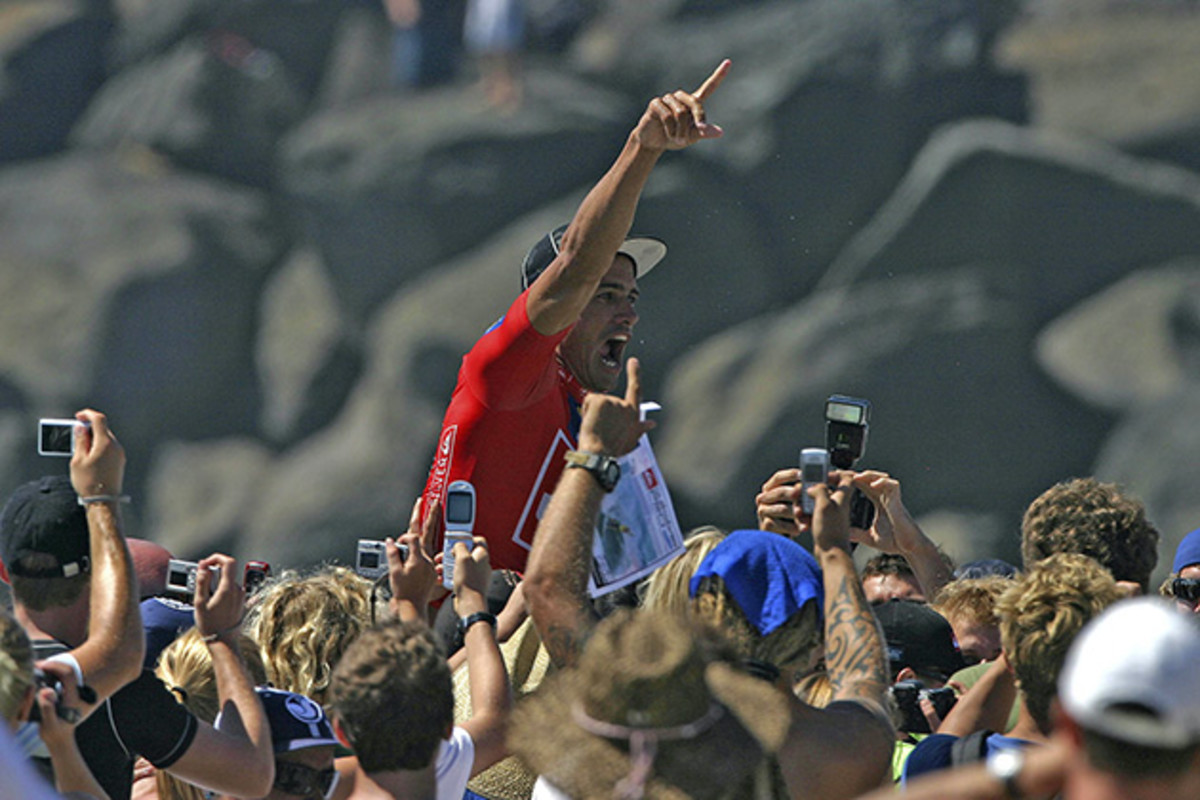
Oh, thank you, thank you! That's all the why he'd need. Something vicious would well up in him, and he'd win heats on the final two or three waves, leave 'em all stunned on the sand. He'd do what sportsmen did, grind rivals' quotes between his molars, set new goals every year. 1994: Prove you're no fluke. Win a second world title. Got it. 1995: Go back-to-back. Only three men ever had. Got it. 1996: Win three in a row in memory of Donnie Solomon, the buddy annihilated by a monster wave at Hawaii's Waimea Bay. Check. 1997: Get four straight, baby, tie Mark Richards's untouchable record. Do it for Todd Chesser, the surfing pal who'd just drowned at Oahu. Done.
Hair falling out in clumps. Sleep shredded by his sawmill mind. Heart clenching with each new wave of fans. Hunger to win turning into dread of losing. Arriving later and later at center ring; leaving less and less time to behold the sand circus; sometimes missing the first heat, defaulting into the losers' round; or bolting from his car and into the ocean six waves into a 25-minute heat, angering his foes—another Slater mind game?—and needing that last big swell to wash him to victory.
O.K., just one last goal, 1998: Shatter the record, end all conversation about the best competitive surfer in history. Done. Completely done. He walked away.
The Fifth Why
Hold on. The leash between his ankle and surfboard ... how do you get that damn thing off? He dragged it along behind him, entering a handful of events over those next three years: in or out? He bought land but built no home: in or out? He revived and retreated from his relationship with Lisa Ann: in or out? He flew to Cocoa Beach, saw the tumor bulging in his old man's throat, felt the lump rising in his own: in or out?
The clock was ticking. The tour had granted him permission to return without enduring the grind of its World Qualifying Series, but he knew the exemption wouldn't last forever, and he saw the stunning moves that the next Kelly Slater, Andy Irons, was uncorking. He flew to Australia in March 2001 for the first event of the new season with no real idea why. He was driving through the rain in a rental car in Avalon, just north of Sydney, cellphone cradled against his ear, pouring his heart out to, of all people, the Ironman—Trevor Hendy, the greatest Aussie Ironman ever, whom he'd befriended a few years earlier. Trevor had dominated his ocean sport (composed of swimming, beach-running, surf-ski paddling and long-board paddling events) the way Kelly had his ... and he, too, had ended up on a mountaintop, marooned. But he'd explored its crevices and caves and ended up as an assistant director of a series of transformative courses called Spirit of Freedom. He could talk to Kelly from the rarest place: their common ground.
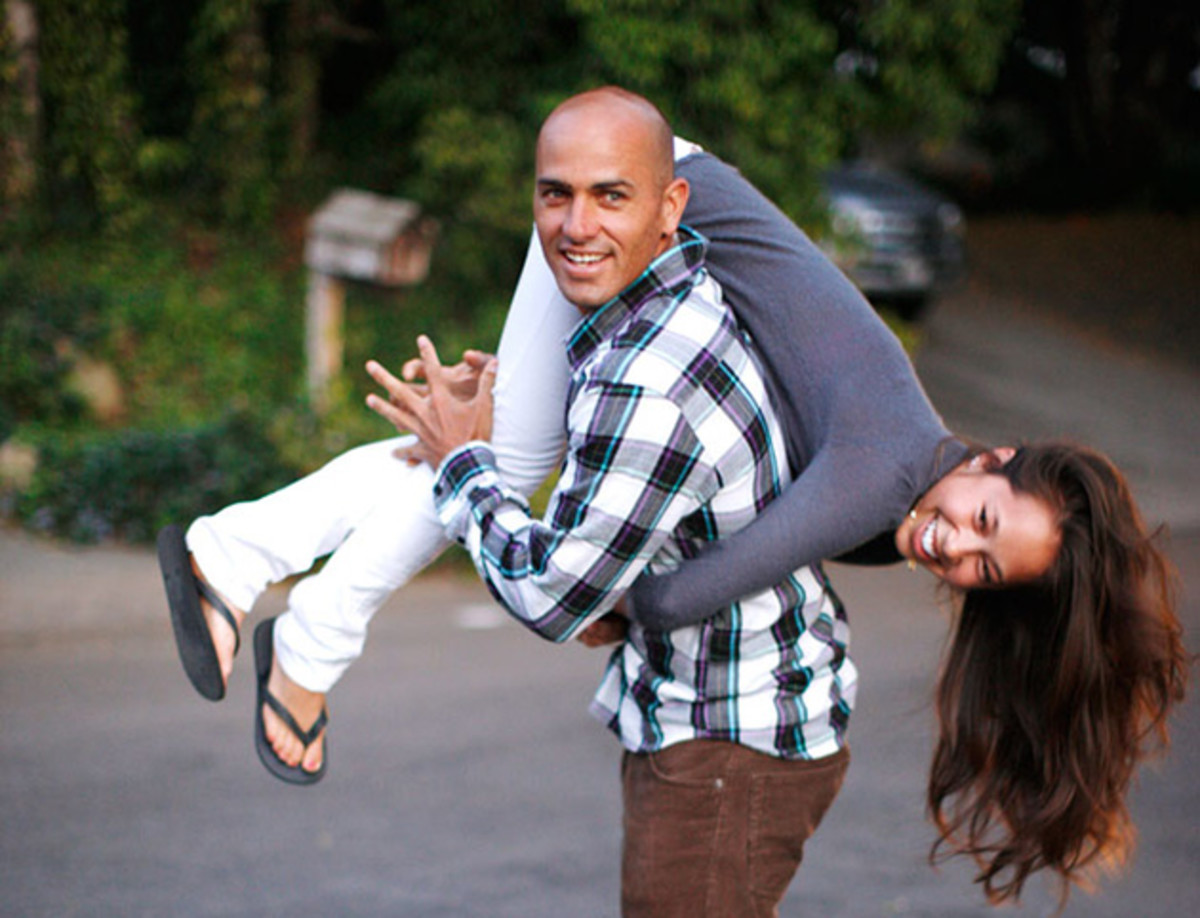
Kelly pulled up in front of an apartment he'd bought in Avalon. Oh, f---. A half-dozen fans were waiting to pounce. "No worries, we'll talk later. Sounds like they need your attention now," said Trevor. Kelly muttered into the phone. "It really sounds like you need some help with this stuff," said Trevor, and Kelly—cornered in his rental car, trapped in his perfect life—finally admitted it to himself.
A few days later he flew north to the Gold Coast and entered a roomful of strangers about to begin the first course in the Spirit of Freedom workshop. Scary it was, but the philosophy underlying the course's group exercises and one-on-one encounters—that you create the circumstances and patterns in your life, because there's something in them that you haven't learned yet, and you begin to be free once you recognize why you created them—ignited Kelly. He threw himself into it, listening to strangers tell him the effect that his words and attitudes had on them, peering into his anger and sorrow. He returned and retook the first course and then, over the next few years, went on to a second, third and fourth. Some truths came as revelations, light flashing in a dark room. Others trickled to the surface after hours alone, or with Trevor at his side.
Hey, Kelly, you can hop off now. It dawned on him, the knight-on-the-white-horse myth he'd unconsciously been living out, charging in at the last minute to be the hero at beaches across the world, scooping up damsels in distress, discharging his guilt as the child of alcoholism and divorce. And the walls the knight kept running into by saving the most glamorous damsels, someone else's ideal, forever separating him from intimacy ... which may have been his design.
So ... what to do? Dismount, strip off the armor, just when his family was being thrown together for the first time in nearly 20 years? Dad with a feeding tube in his gut on a hospital bed set up in the living room of the Cocoa Beach condo Kelly had bought in 1994; Mom sleeping on the couch to attend to him even though she'd been through another marriage and divorce; he and his brothers there all day and night, stunned to find themselves taking one more, one last, shot.
SI Vault: The beloved Duke of Waikiki, from the Olympics to surfing stardom
Only, Dad didn't have to wear the black hat anymore now that Kelly was off the white horse. Kelly could take what Steve had to offer, not fixate on what he couldn't. Just before his father's throat got so bad that he couldn't eat, Kelly took him to the 2001 Pipe Masters in Oahu, so he could see his son compete overseas for the first time. He watched his dad shuffle away just before Kelly's heats, so no one would see him sob.
Then Dad was gone, one day in May 2002, and all Kelly asked of his mother was to snap a picture of those big gnarly feet. He and his brothers paddled into the surf where it all began, sprinkled Steve's ashes and watched half the town jam into the Beach Shack, his favorite haunt, to toast his photograph on the bar. Then Kelly, his semi-retirement officially over, returned to the tour, eager to dedicate his comeback to his father ...
... and went right back to losing. The ocean had no pity for his grief. It still awaited the answer to why, really? He was still attending workshops, reeling from a question the Ironman had posed: You're not comfortable being Number 1, are you? Kelly broke down. His life's quest had swept him right past his big brother, far beyond what that little boy in the cinder-block tract house had really wanted: to bring everyone together, to be a bridge. He'd kept his trophies hidden in gear bags and car trunks, loathed being the alpha male; no one had taught him about the oneness of No. 1.
Which meant he should do ... nothing, said Trevor. Awareness. Just let the light and the breeze do their work. Watch the guilt and fear and anger begin to evaporate. But what would he compete out of, once they lost their force?
Why not out of what you want? asked the Ironman. Why not out of love?
Kelly listened to the story of tests conducted on Aussie rowers in the '90s, showing how much longer their strength lasted when they let go of their old hatred of their English rivals and replaced it with supportive thoughts. Hmmm. All right. He'd try it.
Surfing had swept him far beyond what that little boy in the cinder-block tract house had really wanted: to bring everyone together.
Son of a bitch, he kept getting clobbered, self-doubt raging; he didn't win once in 2002. He had to learn how the fifth why worked, how to turn everything upside down. Like ... no more goals. How to place all of his attention on the experience, not the result, how to sit on the sand before each heat, close his eyes and visualize losing. What? Yes, seeing his opponents' joy and feeling the good that could come from his losing, feeling the relaxation that created, the increase in vitality. And one more thing. Inviting his brothers to events, calling Mom between heats, emailing friends, evolving from politeness to engagement with his fans. Surfing as an expression of his life rather than a refuge from it.
Suddenly, in 2003, it began to flow, then to gush. He won for the first time in three years, in Tahiti, then in South Africa, Spain and Brazil, setting up the classic showdown for the world championship in the final heat of the year's final event, on the same Hawaiian beach where he'd once surfed in the suit on the door. The new kid, Irons—who went to sleep at night thinking of punching Kelly in the face—against the old kid. The old motive against the new motive. Kelly surrounded by his loved ones (his mother, two brothers and, gulp, Lisa Ann) in Jack Johnson's father's two-bedroom guesthouse. On the birthday of Kelly's dead father.
On the eve of the showdown, the tension between Lisa Ann and Kelly's mom burst. At 4 a.m., from utter exhaustion, the arguing between Lisa Ann and Kelly finally stopped. He was finished, knew that he'd lose a few hours later, and nothing—not the hug he gave Andy as it was about to begin, not the "I love you" that he uttered to him—could save him. For the first time he lost at something he deeply wanted, and in the outdoor shower, in front of strangers and cameras, with Sean's arm around him, he cried and cried, the moth that could no longer blame the flame.
Why Not?
He couldn't stop staring at her happiness. You won't go. She was working the Roxy booth, selling clothes at a San Diego trade show just across the walkway from the Quiksilver booth where he was greeting fans in September 2006. She was pretty but not marquee, wearing no makeup or heels or bathing suit, surrounded by her kid sisters, not fans. You won't go. He hoped she was 20, feared she was 17, and no, it didn't matter anyway, because he'd already made a vow: Yes, love was the best reason of all to compete, and yes, he was about to ride it to his second straight world title—his eighth overall—but no more one-on-one love, not until this fever called surfing had passed.
So why at 34 did he feel like a teenager again, standing alone on the north shore of Oahu staring at the big waves? Terrified inside until, finally, playing You Won't Go with Jack Johnson and his pals at Pipeline—a game in which they'd bark those words as a monster was about to break and the kid closest to it would never hear the end of it if he didn't go—had forced Kelly to master his fear.
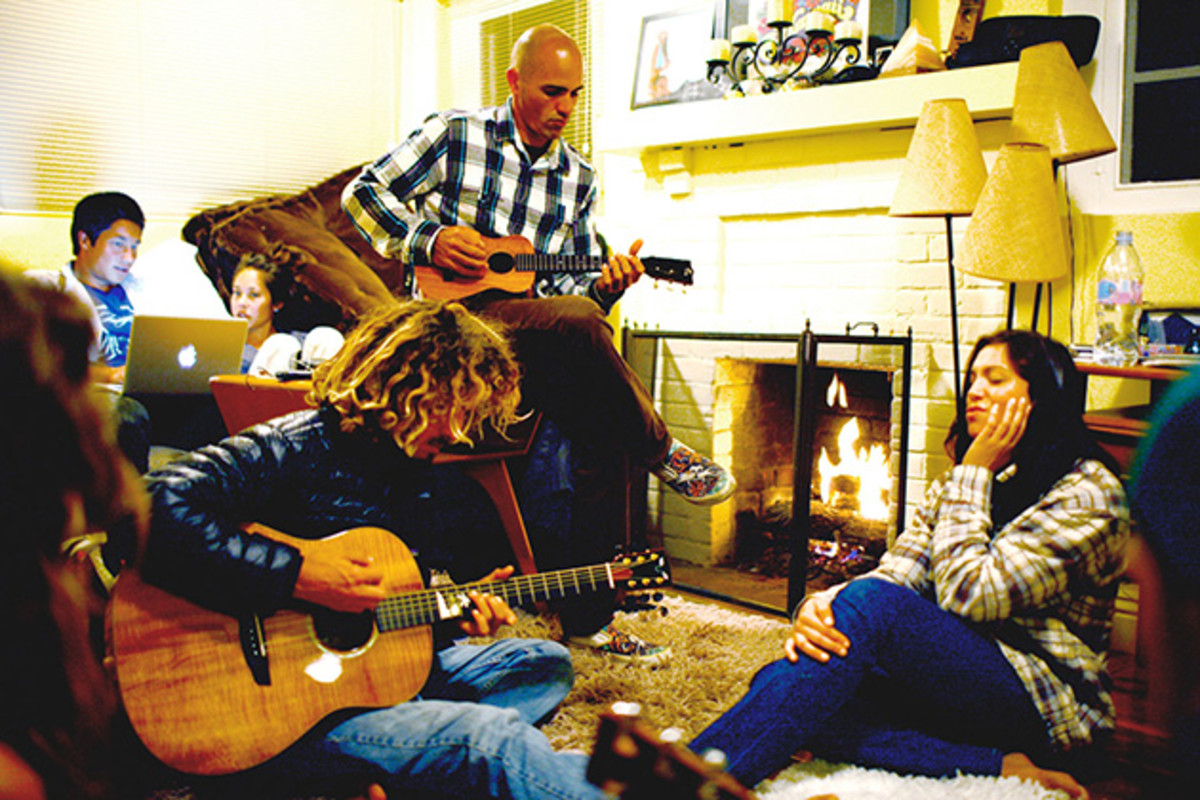
Intimacy. The biggest wave. But here they came, the three sisters walking right up and introducing themselves. He talked to the two younger ones at first, but his nervousness had no chance against her joy, and he ended up joking and laughing and walking Kalani Miller and her sisters back to their hotel. Ended up eating dinner at their home in nearby San Clemente a few days later, ended up inviting the two older sisters to one of his contests, then another and another, just friends. Ended up in a tizzy for most of 2007, terrified because there was no built-in booby trap here. You won't go. You can't go. Twenty years old, for crying out loud, but when happiness and stability are finally standing right in front of you, do you card them?
And so, at last ... he went. And once he stammered out his feelings, once he settled into love with a happy woman, everyone remarked how much calmer and lighter he grew. With Kalani often at his side, stealing time away from her junior year at UC Santa Barbara, he won five of the 2008 tour's first seven events, the most dominant performance in history, and clinched the world title, his ninth, earlier than any man ever had. He became the damnedest thing in all of sports: the superstar who didn't even work out. The one who gazes at the playing field, saying, "Why?" and then "Why not?" The one who won simply by being in the moment in the sport that demanded that the most.
How surfing icon Dane Reynolds left his mark on the next generation
There was little that he couldn't have. Two movies in one year? Coming right up: A Fly in the Champagne, about his rivalry with Andy Irons, and Ultimate Wave, a 3D Imax special about the science of the wave and the art of its master. A new and stronger union for surfers? Kelly and two other surfers, Jake Paterson and Kieren Perrow, are working on one now. A whole new tour? Kelly and his manager, Terry Hardy, are cooking that up as well, something with prime-time potential that could operate alongside the current tour or, one day down the road, replace it entirely. A new wave? Sure, why not? An artificial one that would revolutionize the sport if Kelly and the engineers get it right, technology that could dial down waves for beginners in suburban condo complexes and dial up endless 12-foot tubes that ocean surfers might not see for years, repetitions they could use to increase the sport's acrobatics exponentially. Waves barreling across pools ringed with stands and rigged with cameras so that surfing, which spawned skate- and snowboarding, might join its offspring in the X Games and the Olympics.
Kelly never aims small. Kelly never stops doubting his aims. He sighs. So much trail remains. He still forgets sometimes and gets scorched by his competitive fire. Still can't quite see past the contradictions, beyond the either-or, to the place where surfing, like anything else a man does, can be communion and enterprise, om and cha-ching.
But Jack Johnson was right. Mr. Slater does go to work. He's bent in labor in the shaping bay of Al Merrick's surfboard factory near Santa Barbara, sanding down another one of his new surfboards, which he designs and shapes with his own hands, the only surfer on tour to do that. World title number 10? It's just a number, he says with a shrug, no more significant than nine. It's probably his last year—again. "It's so freeing to realize, I can't lose," he says. "If you can extend that to all of your life, even dying isn't bad. You are who you are until you start becoming aware of yourself. Then you start to have choices of who you are. Then you get new life."
He takes a planer to the edges of the board and then compares it to the others he has designed. Odd, how each new one seems to be wider and squatter than the last, a half-foot shorter than anyone else's, puzzling everyone on the tour. A surfboard turning into a boogie board, a boogie board turning into a door.
